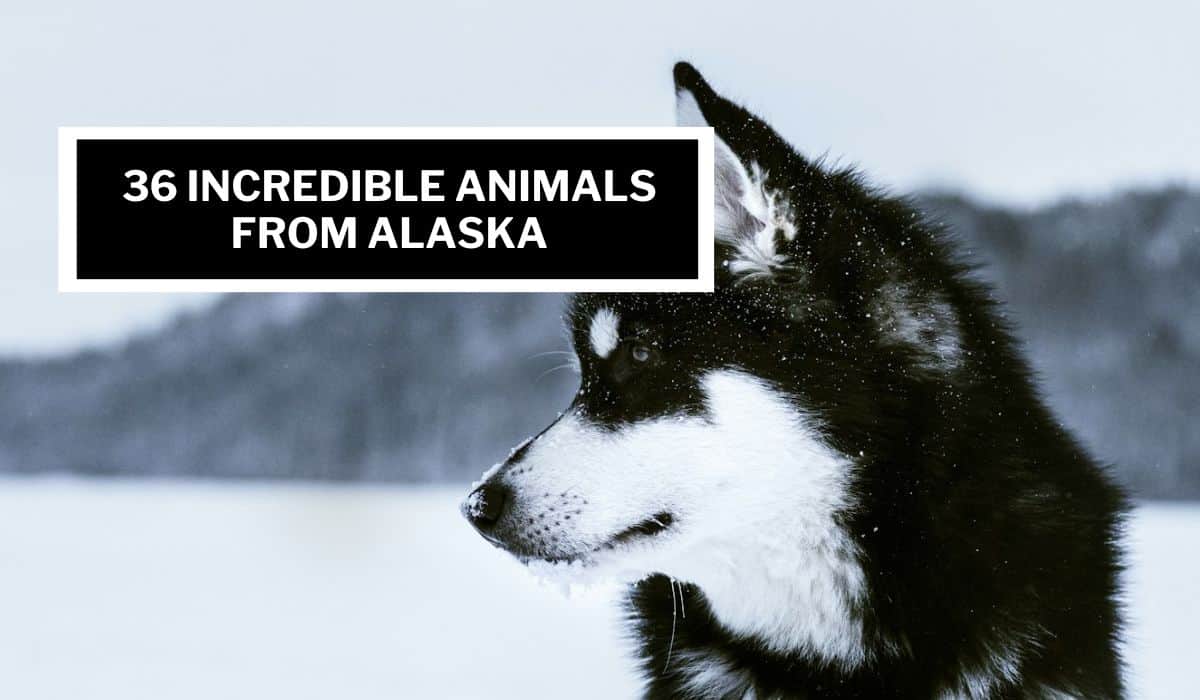Alaska is the coldest state in the U.S., with an average annual temperature of a mere 30.7 F°. Despite these harsh conditions, numerous animals have adapted in incredible ways – not only living but thriving in the beautiful state of Alaska.
#1 Bald Eagle
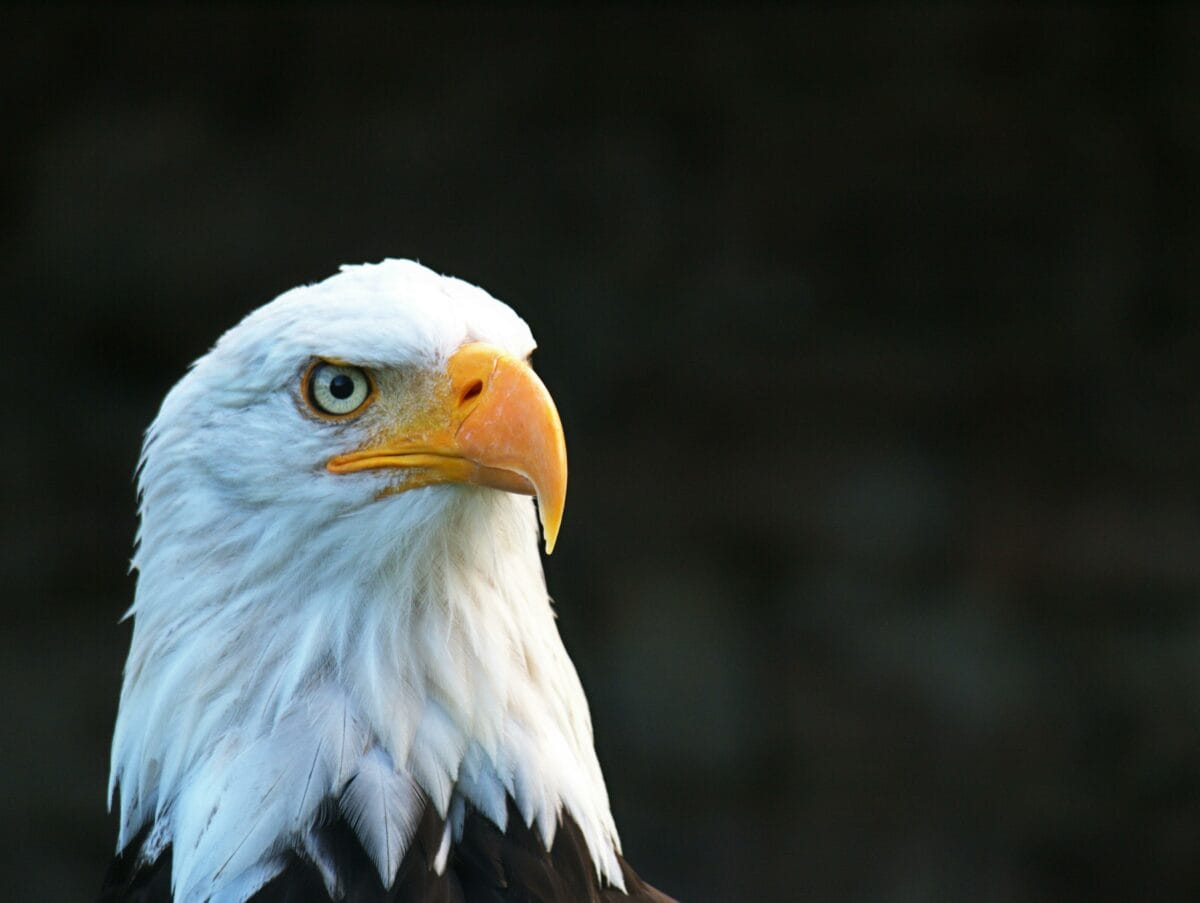
The Bald Eagle has a distinctive look, and it’s not for nothing that it’s a symbol of freedom and strength. These majestic birds are often seen soaring near coastlines and rivers, where they fish with remarkable skill.
#2 Grizzly Bear
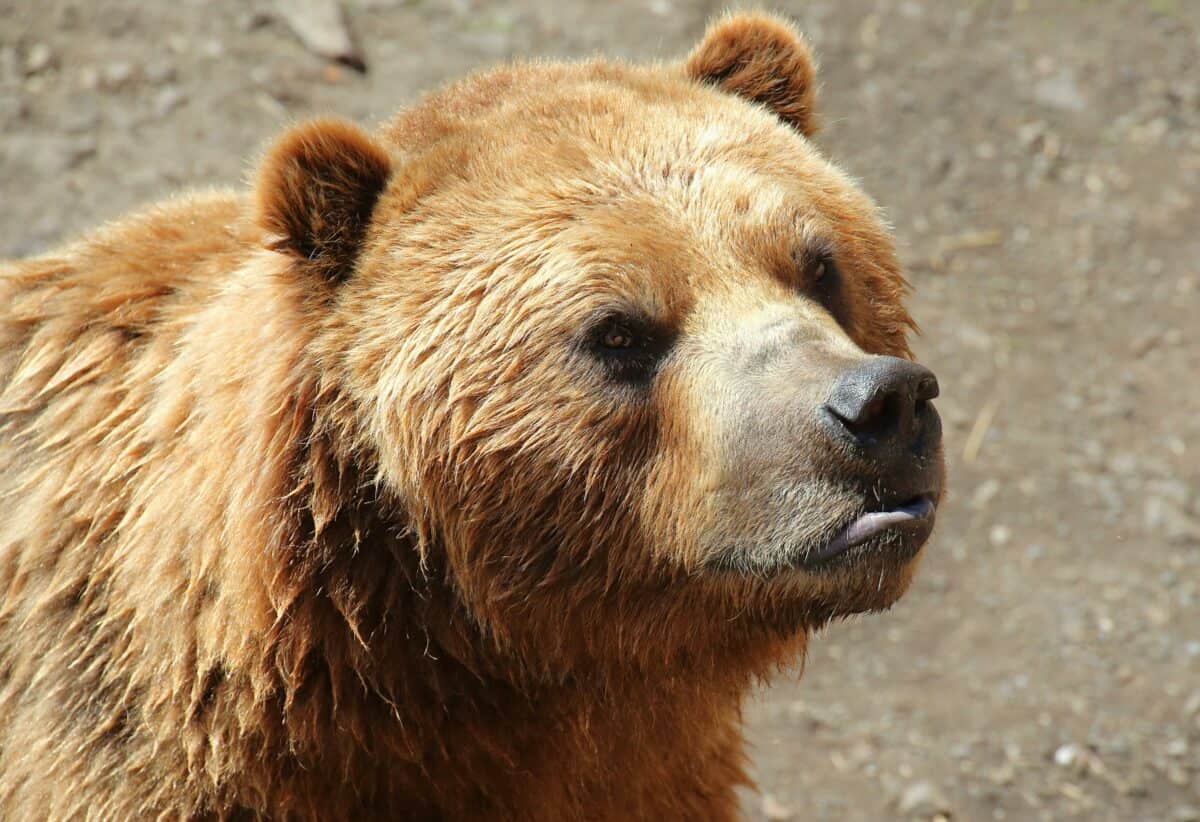
The iconic Grizzly Bear roams Alaska’s forests, tundra, and meadows. With their impressive size, reaching up to 1,500 pounds, and powerful physique, grizzlies are apex predators. Despite this, their diet is remarkably diverse, consisting of berries, roots, salmon, and small mammals.
#3 Moose
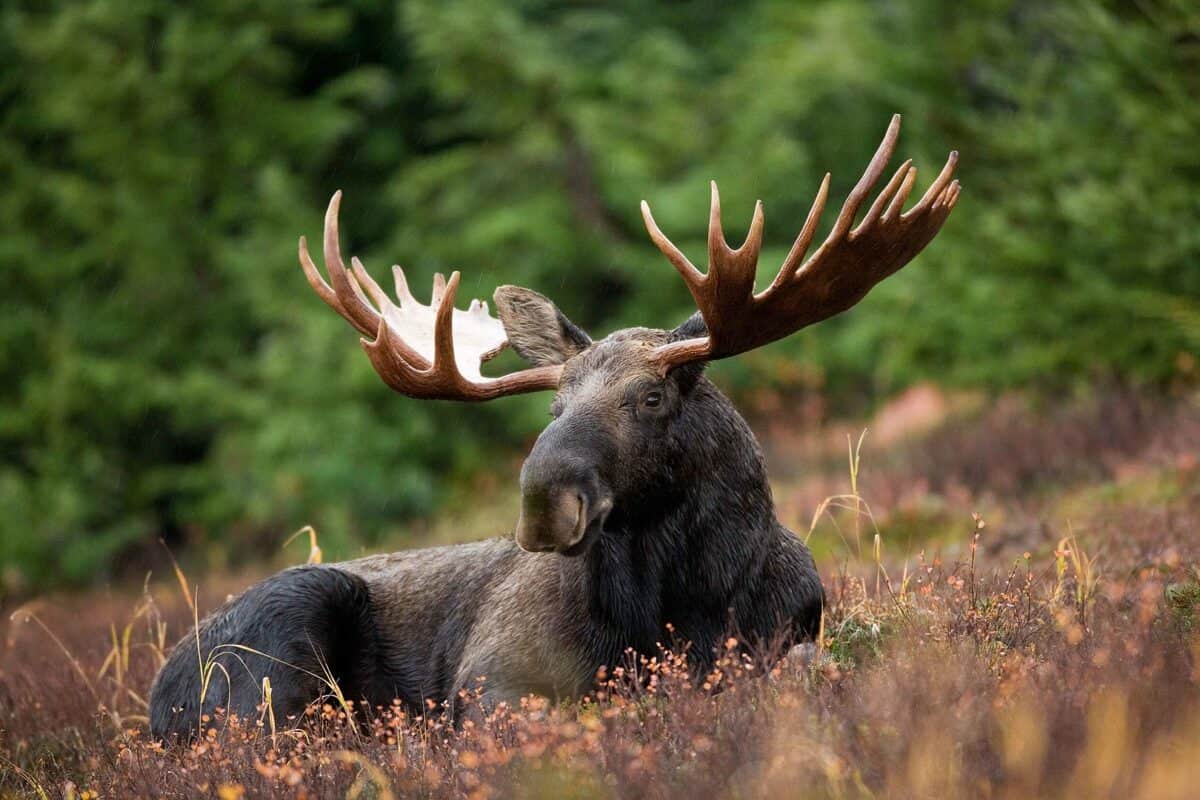
Standing up to 6 feet tall at the shoulder and weighing as much as 1,600 pounds, the Moose is the largest member of the deer family. These solitary giants are distinguished by their massive antlers, which can span over 6 feet.
They’re notable for more than their size, though. These guys are also incredible swimmers – a necessity for traversing Alaska’s numerous rivers and lakes in search of food and mates.
#4 Caribou (Reindeer)
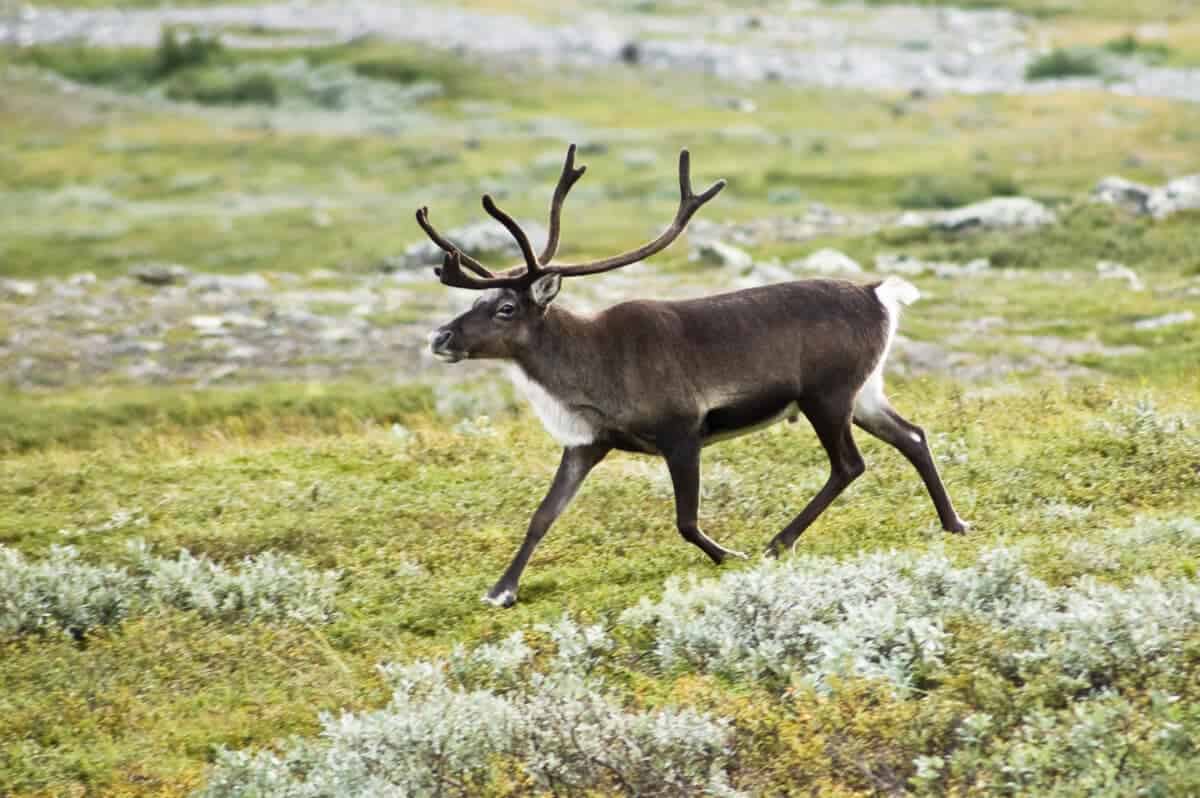
Caribou are renowned for their epic migrations, the longest of any terrestrial mammal. They travel hundreds of miles across the Alaskan tundra in herds of thousands, braving harsh conditions in search of food and breeding grounds. Their large, fur-covered hooves act as natural snowshoes, supporting their life on the move.
#5 Wolverine
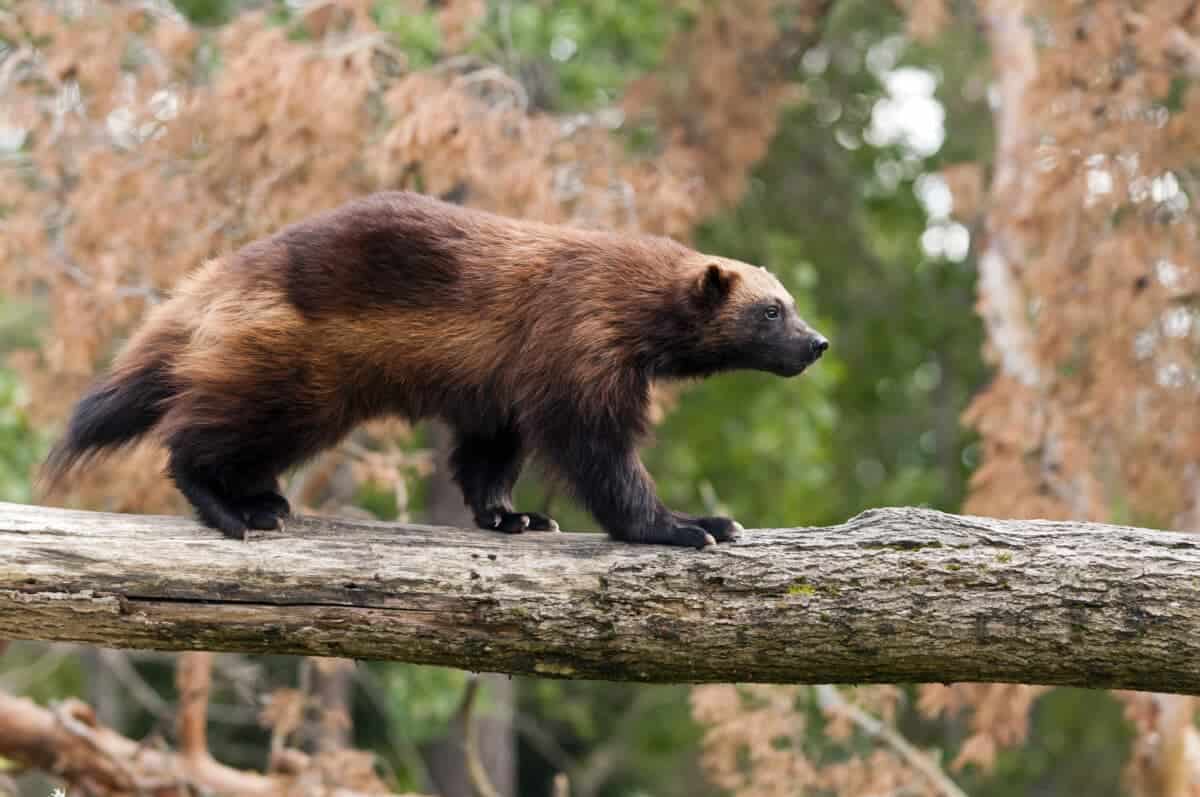
Despite their small size, you should not underestimate this small-ish creature! Wolverines have a fierce reputation thanks to their incredible strength and tenacity. They can take down prey much larger than themselves and are known for their solitary nature, roaming vast territories in search of food.
#6 Polar Bear
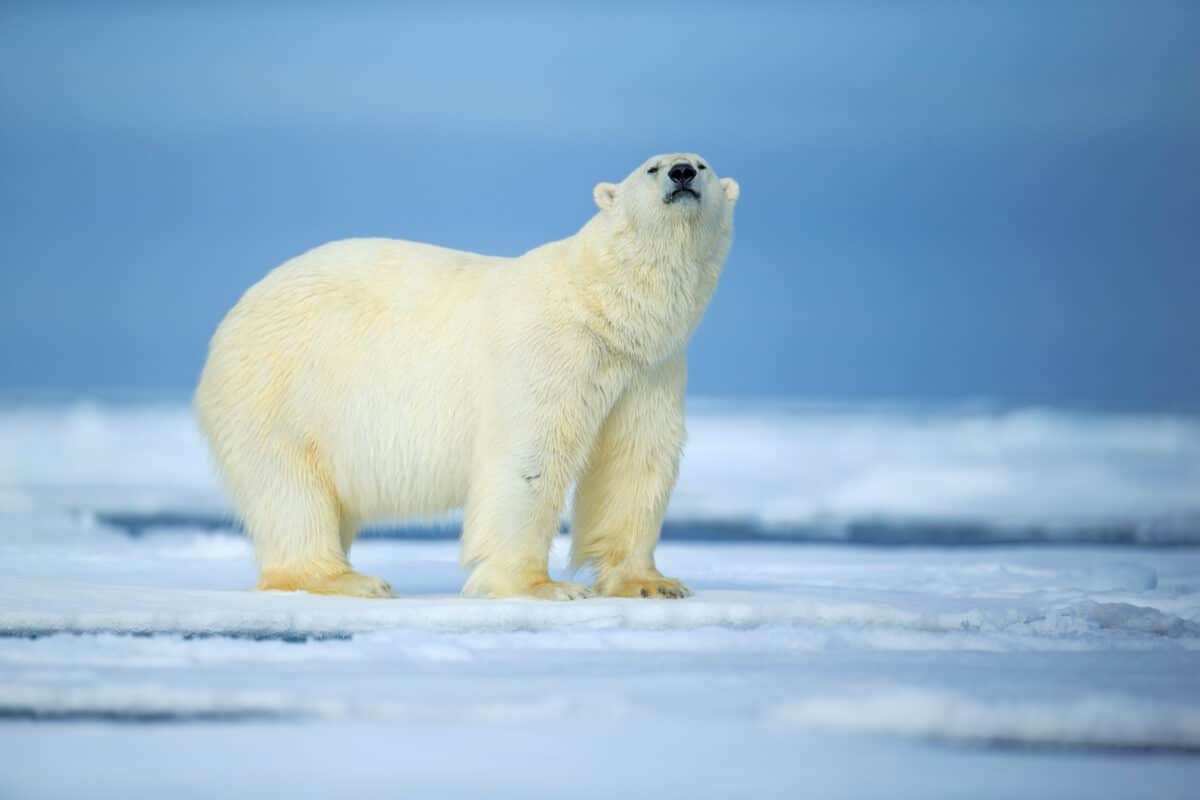
These marine mammals are specially adapted to life on the ice, with thick fur and a layer of fat for insulation against the cold. Their large paws act as paddles for swimming in icy waters, making them expert hunters of seals.
#7 Alaskan Wolf
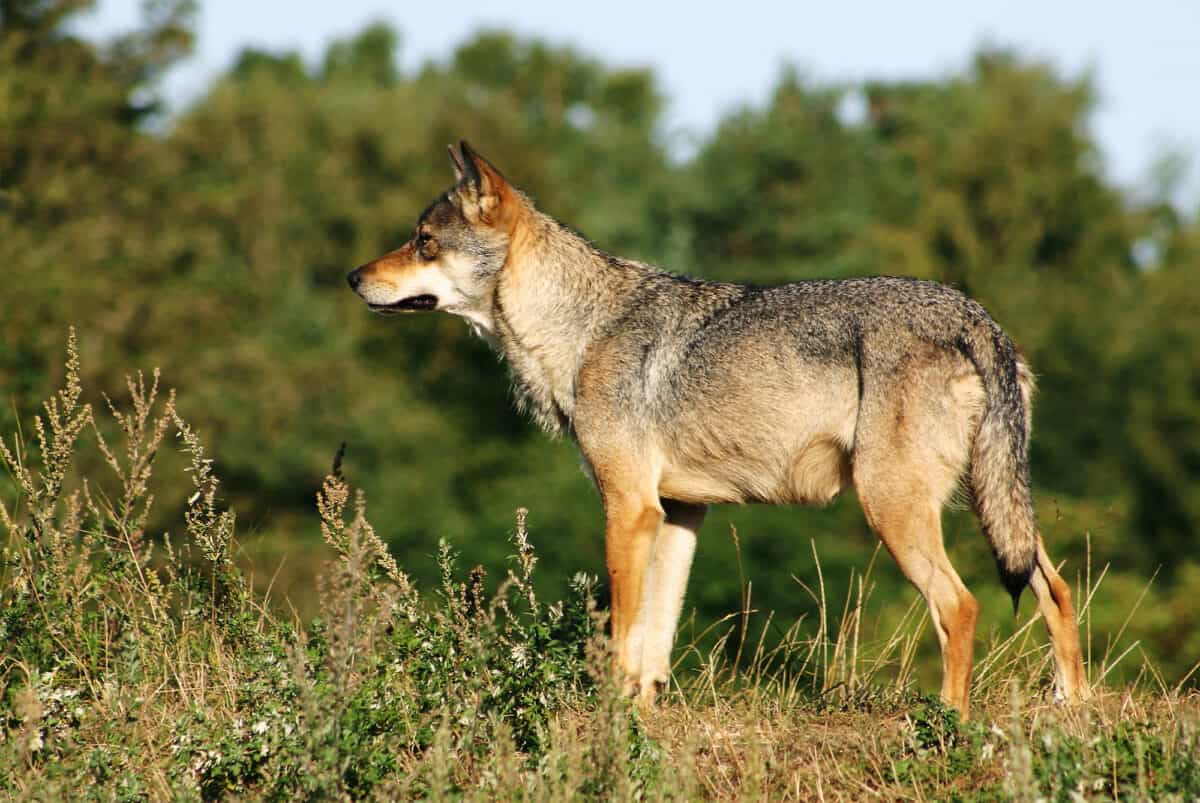
The Alaskan Wolf is a key predator in Alaska’s ecosystems. It plays a crucial role in maintaining the balance between predator and prey in the state of Alaska.
Living in packs, these wolves exhibit complex social behaviors and hunting strategies that allow them to take down large animals like moose and caribou.
#8 Sea Otter
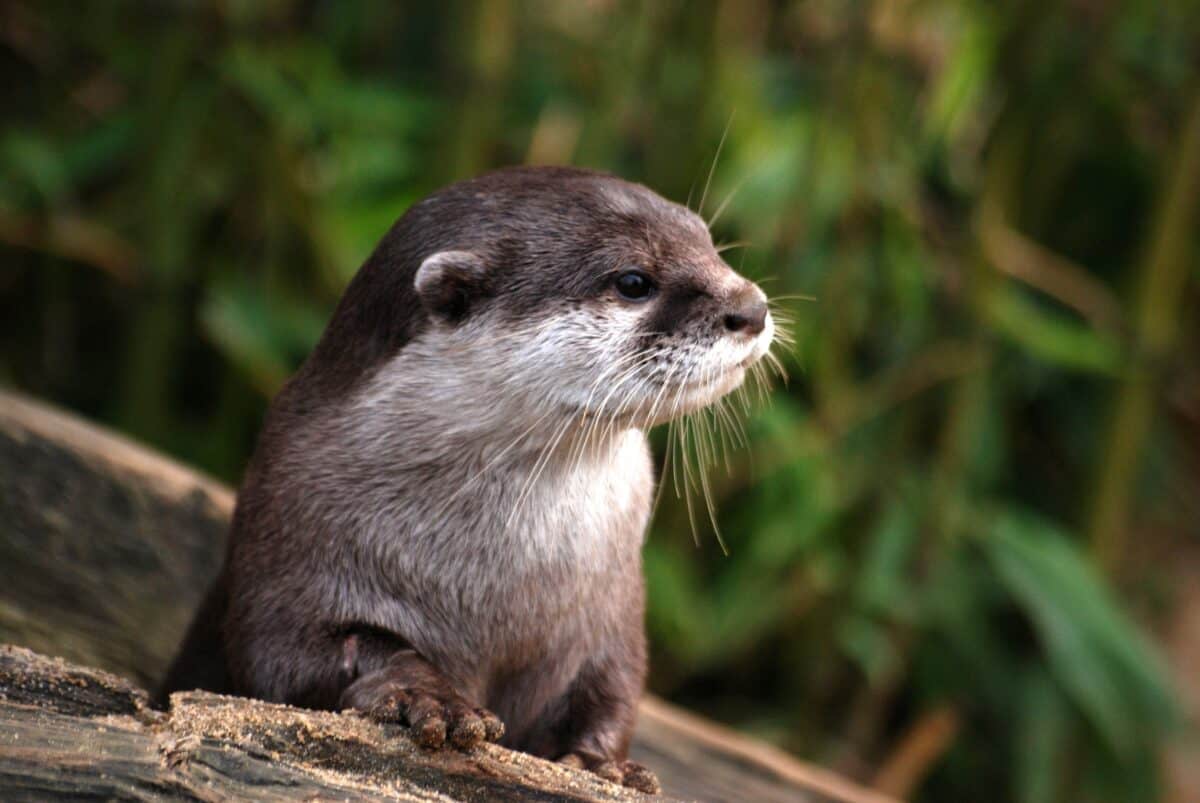
Sea Otters are a testament to the resilience of Alaska’s marine ecosystems. Once hunted to the brink of extinction for their dense fur (the world’s thickest!) they have luckily made a remarkable comeback.
These playful and adorable mammals are often seen floating on their backs, using rocks as tools to crack open shellfish. Sea otters play a crucial role in maintaining healthy kelp forests by preying on sea urchins.
#9 Orca (Killer Whale)
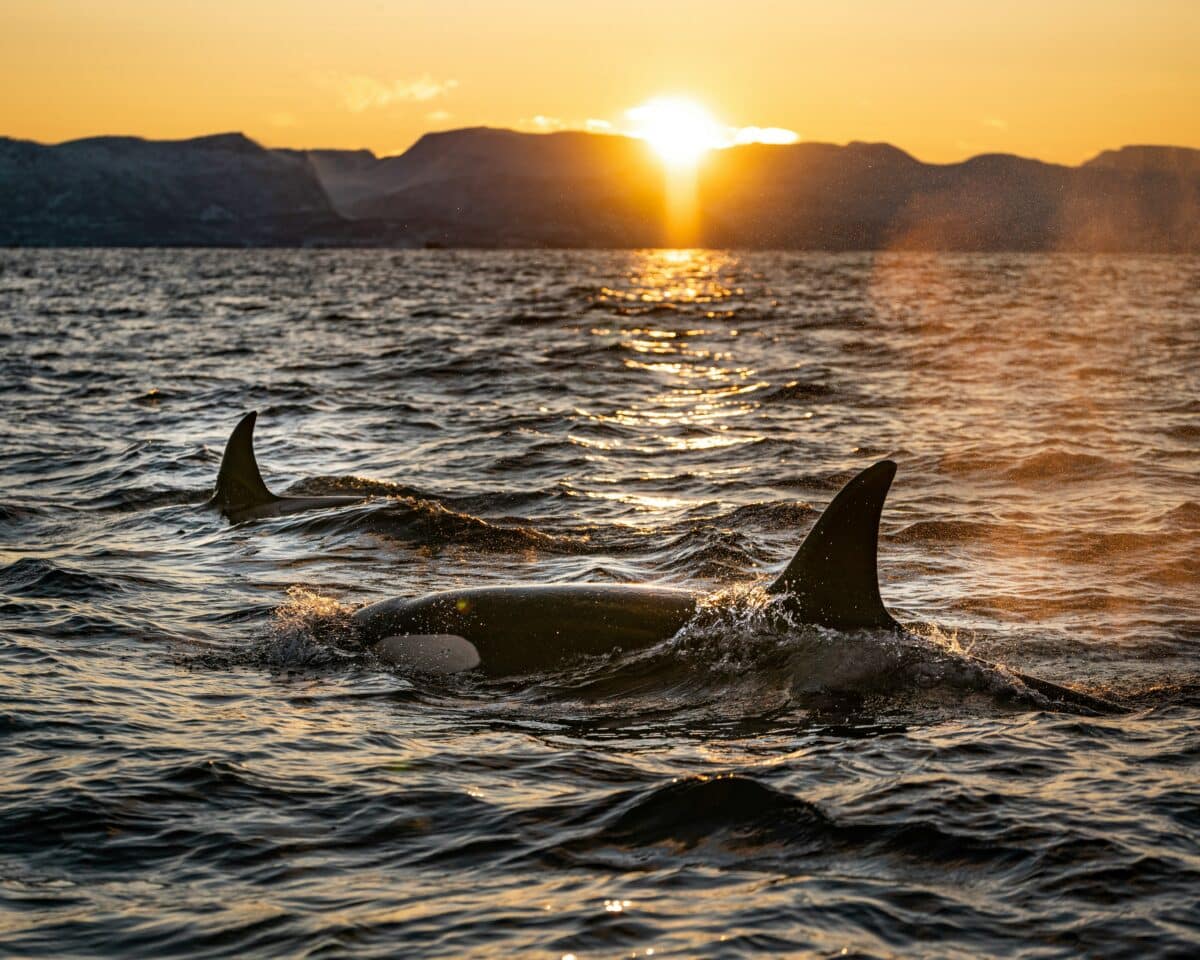
These striking black and white marine mammals are highly social, living in matrilineal family groups known as pods. Their complex vocalizations and hunting strategies, often involving cooperation and communication, is a one of many proofs of their incredible intelligence.
#10 Humpback Whale
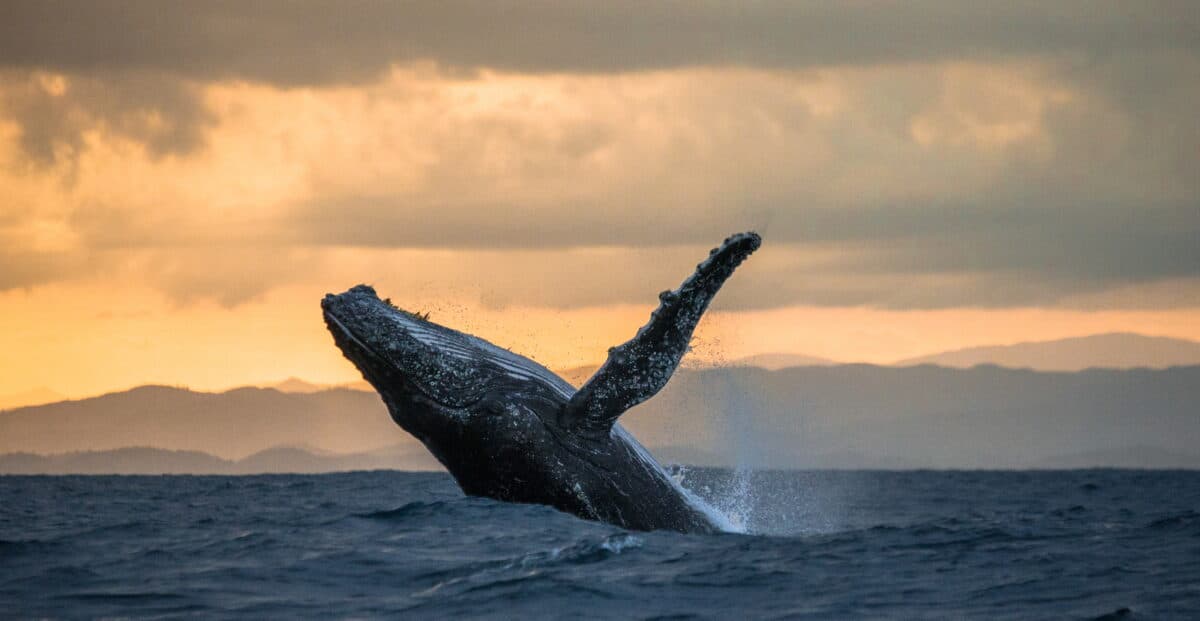
The Humpback Whale is known for its awe-inspiring breaches and complex songs, making it one of the most charismatic creatures of the Alaskan waters. These giants migrate thousands of miles from tropical breeding grounds to the rich feeding areas of Alaska, where they feast on krill and small fish.
#11 Puffin
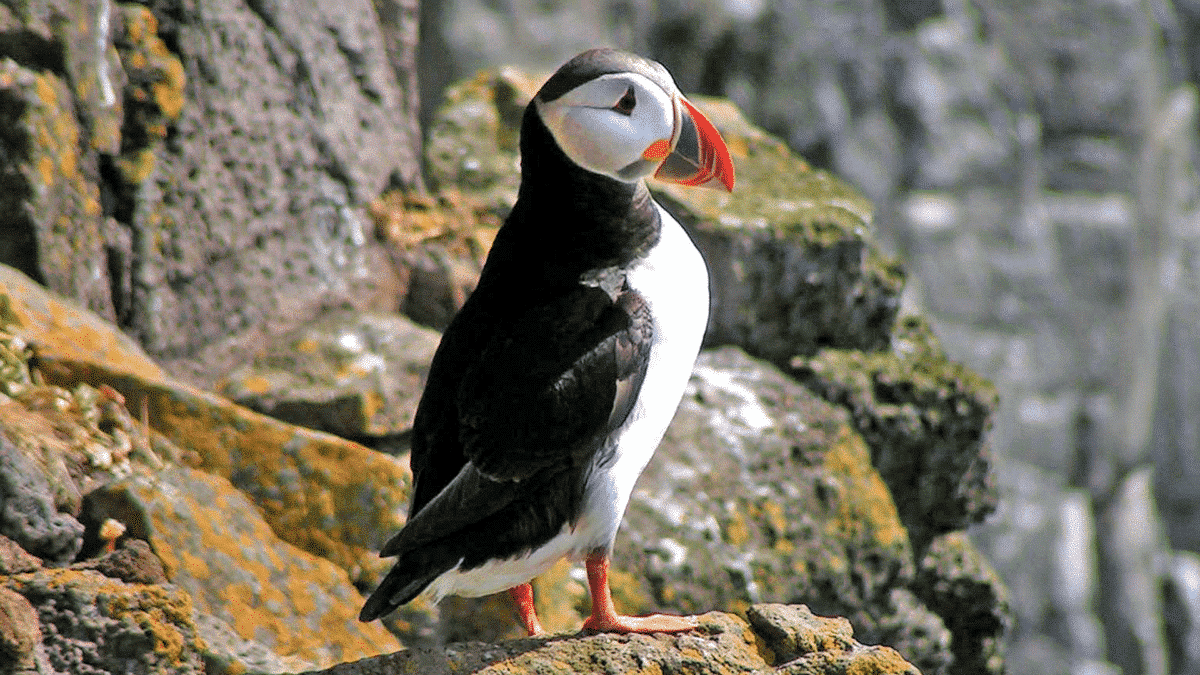
Puffins, with their colorful beaks and almost clown-like appearance, are impossible not to love. These skilled flyers and swimmers spend most of their lives at sea, coming ashore only to breed in burrows on coastal cliffs and islands.
#12 Alaskan King Crab
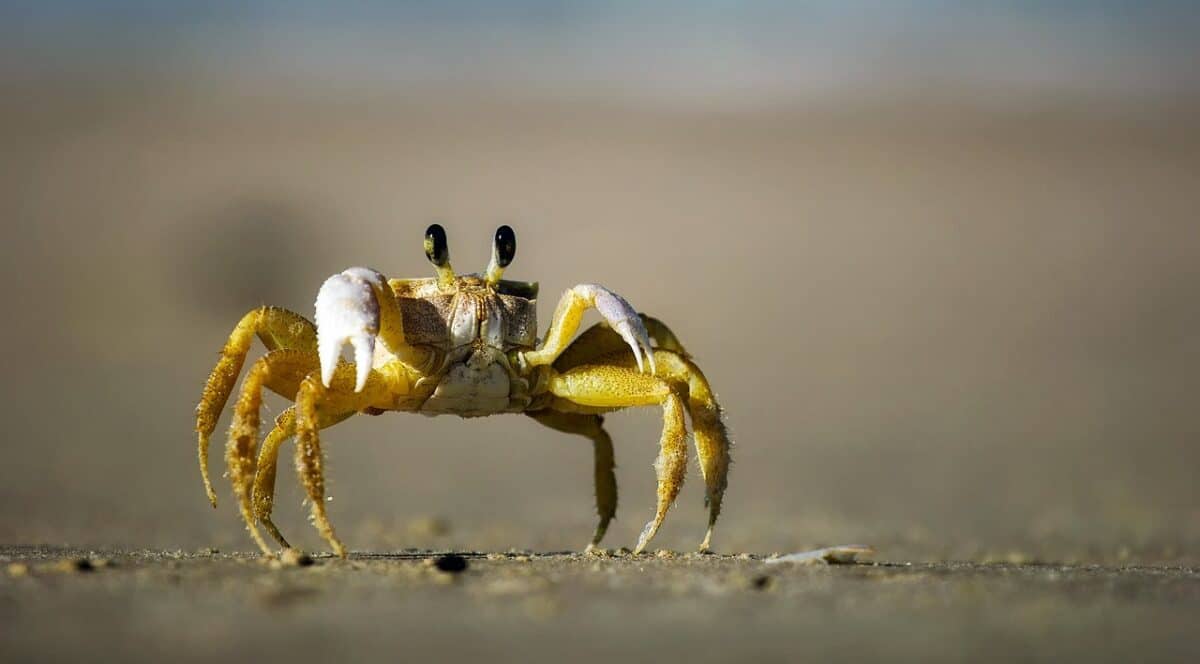
These crustaceans live in the cold waters off Alaska’s coast, where they undertake migrations from shallow to deep waters. Their large size and impressive leg span make them a standout among marine creatures, and make them one of the incredible animals of Alaska.
#13 Sockeye Salmon
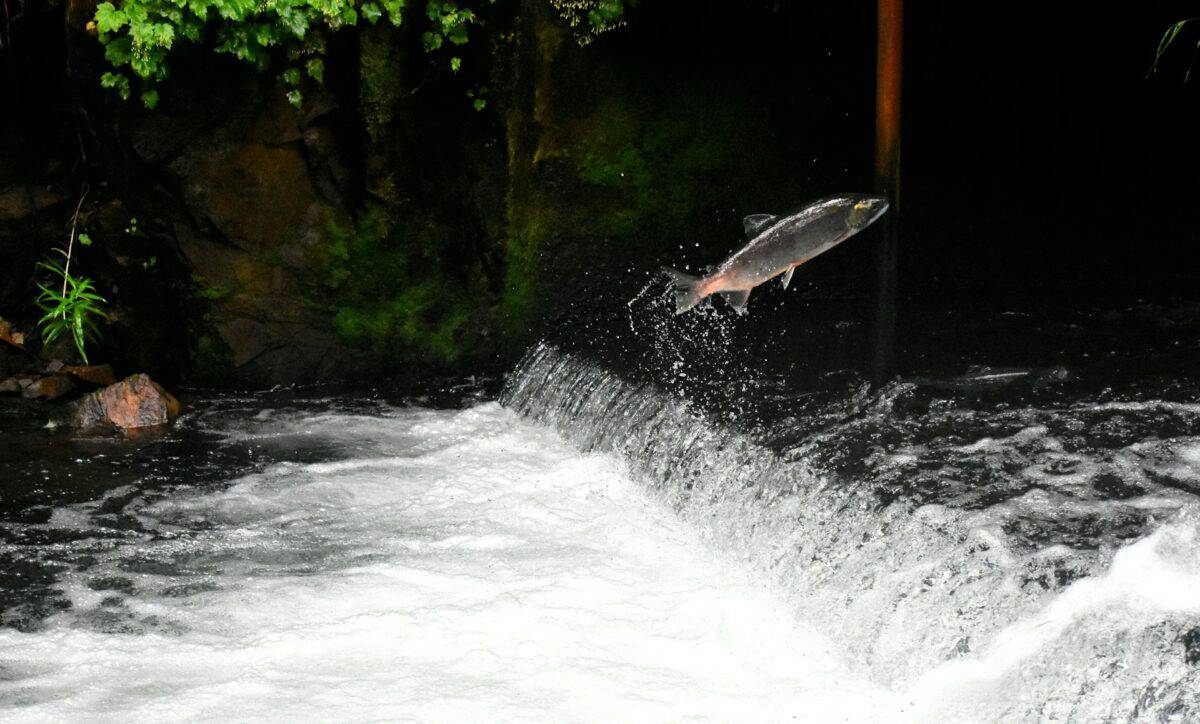
Sockeye Salmon are an integral part of Alaska’s natural and cultural heritage. Known for their vibrant red color during spawning, they undertake an incredible journey from the ocean back to their freshwater birthplaces to reproduce.
This incredible lifecycle supports not only the salmon population but also bears, eagles, and countless other species, including humans.
#14 Dall Sheep
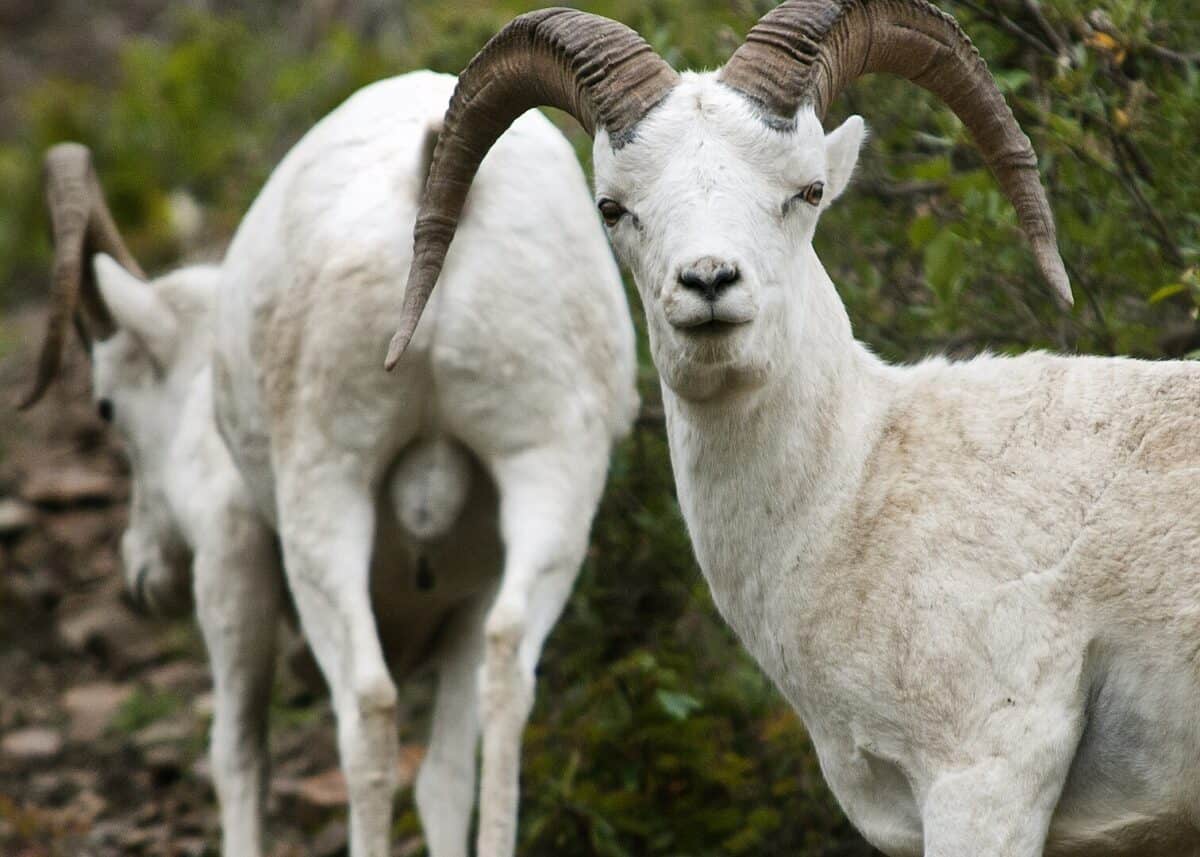
Dall Sheep are recognizable by their striking white coats and majestic curved horns. These animals inhabit Alaska’s rugged mountain ranges, where their agility and sure-footedness allow them to traverse steep cliffs to evade predators and access sparse vegetation.
#15 Arctic Fox
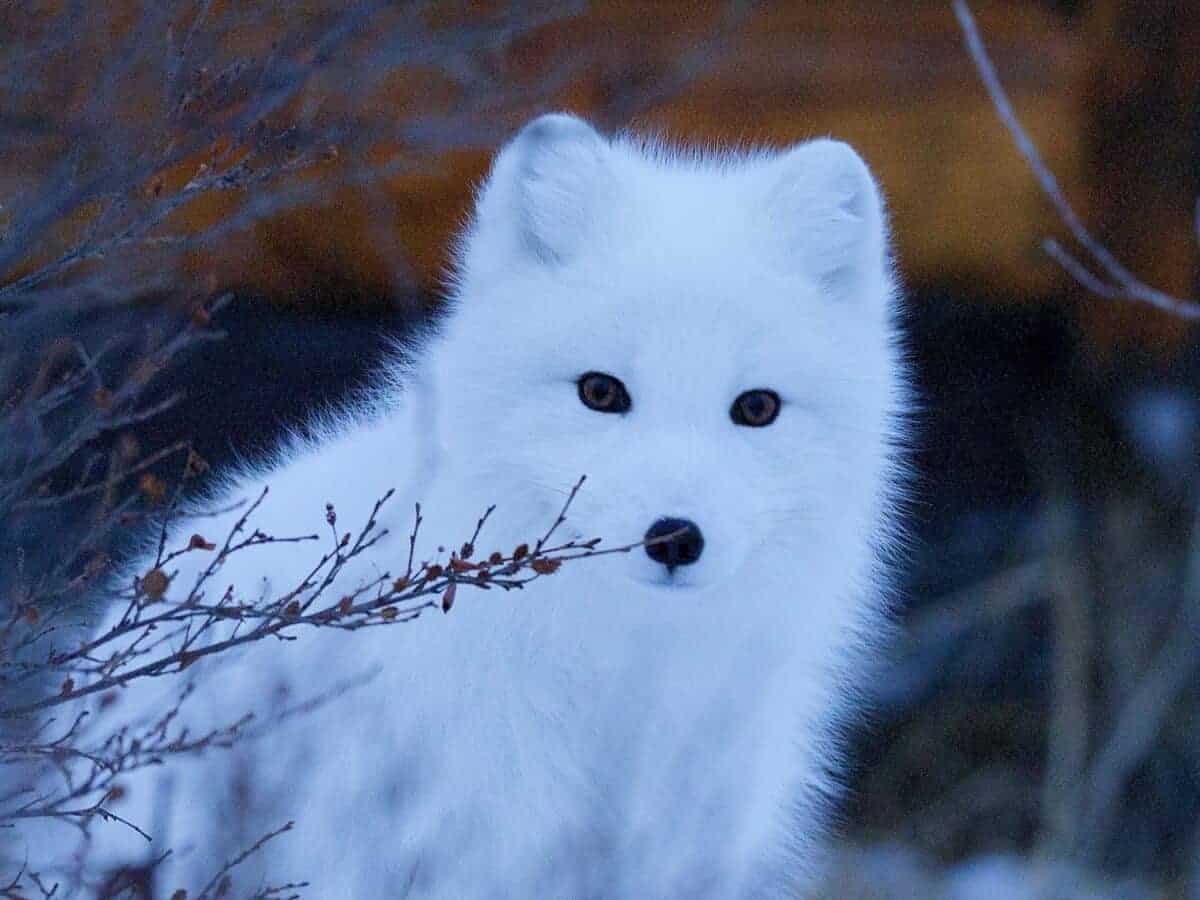
The Arctic Fox, with its thick fur and bushy tail, is a master of adaptation. Its coat changes color with the seasons, from brown or gray in the summer to a camouflaging white in the winter.
This adaptation makes this small predator an expert at survival in some of Alaska’s most inhospitable terrains, showcasing incredible resilience.
#16 Snowshoe Hare
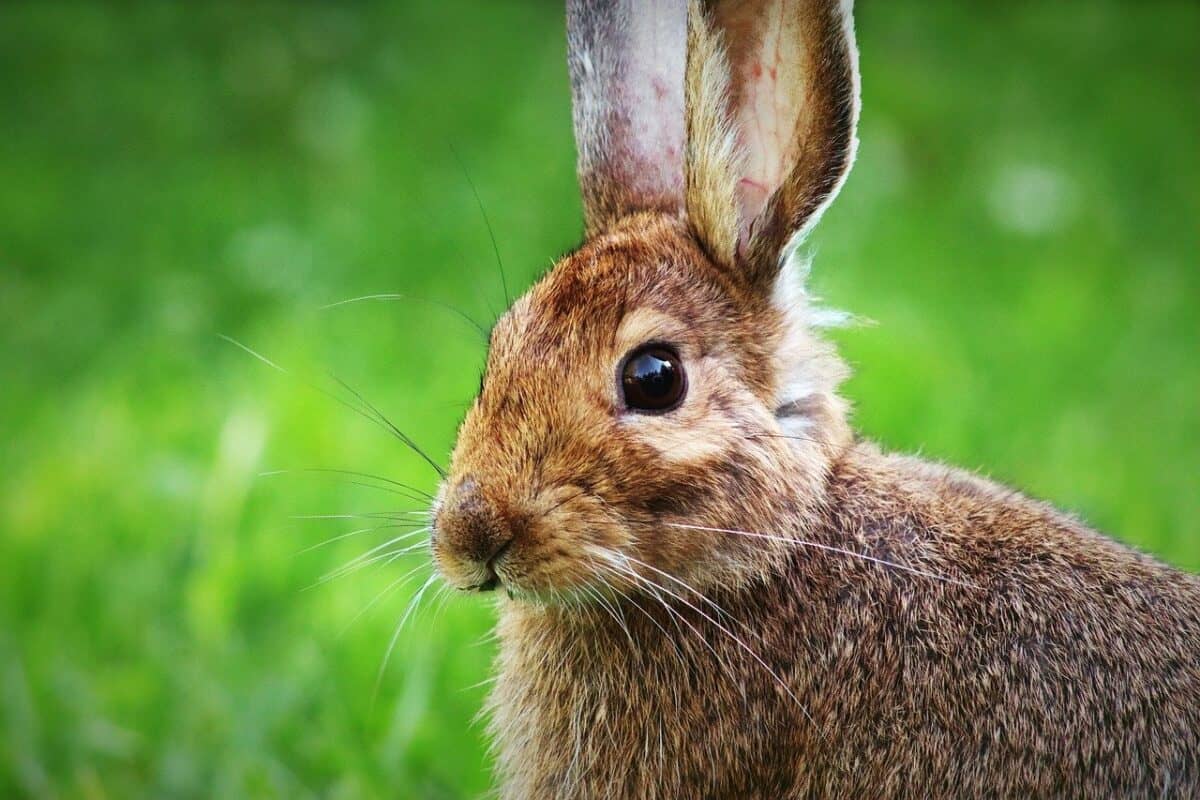
The Snowshoe Hare is named for its large back feet, which prevent it from sinking into the snow, acting like natural snowshoes. This adaptation is crucial for surviving Alaska’s harsh winters.
Just like the arctic fox (and many other incredible animals in Alaska) their fur also changes color seasonally, from brown to white, providing camouflage against predators.
#17 Steller Sea Lion
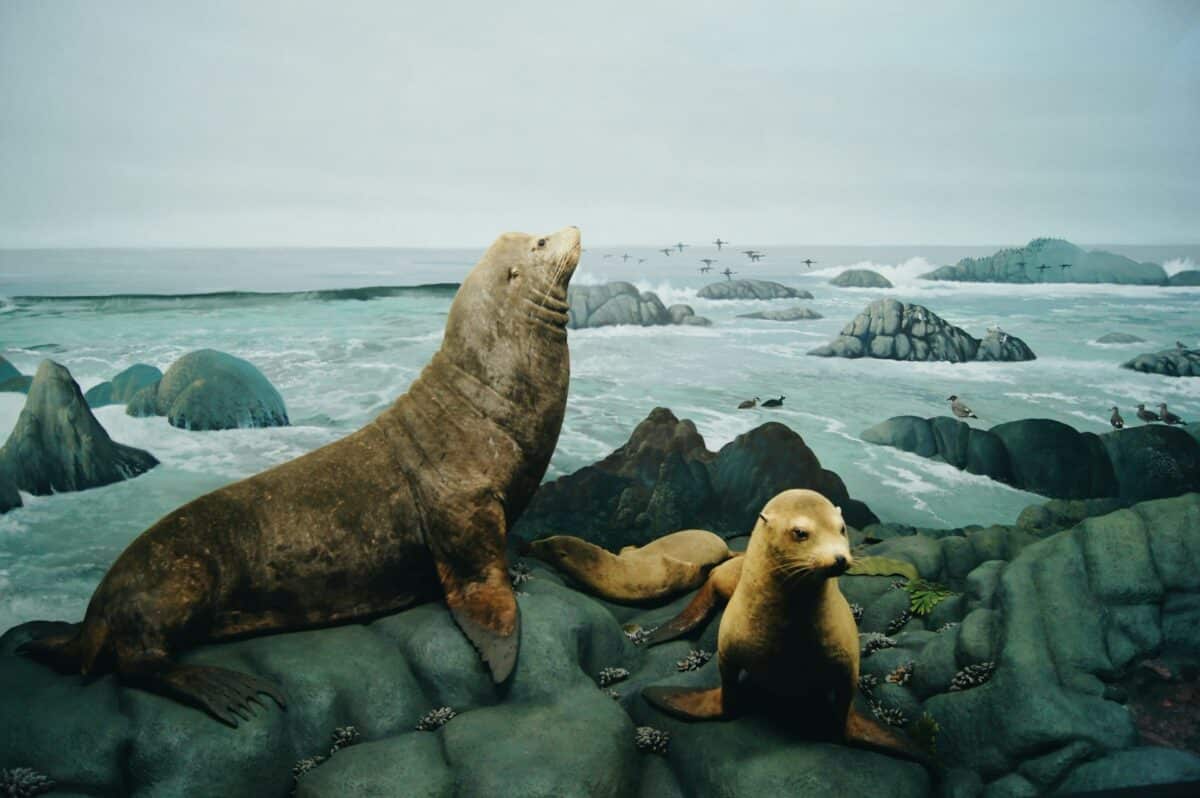
Steller Sea Lions, the largest of the eared seals, are a common sight along Alaska’s coasts and islands. These social animals gather in large groups on rocky haul-outs, where their loud roars can be heard by anyone nearby.
#18 American Bison
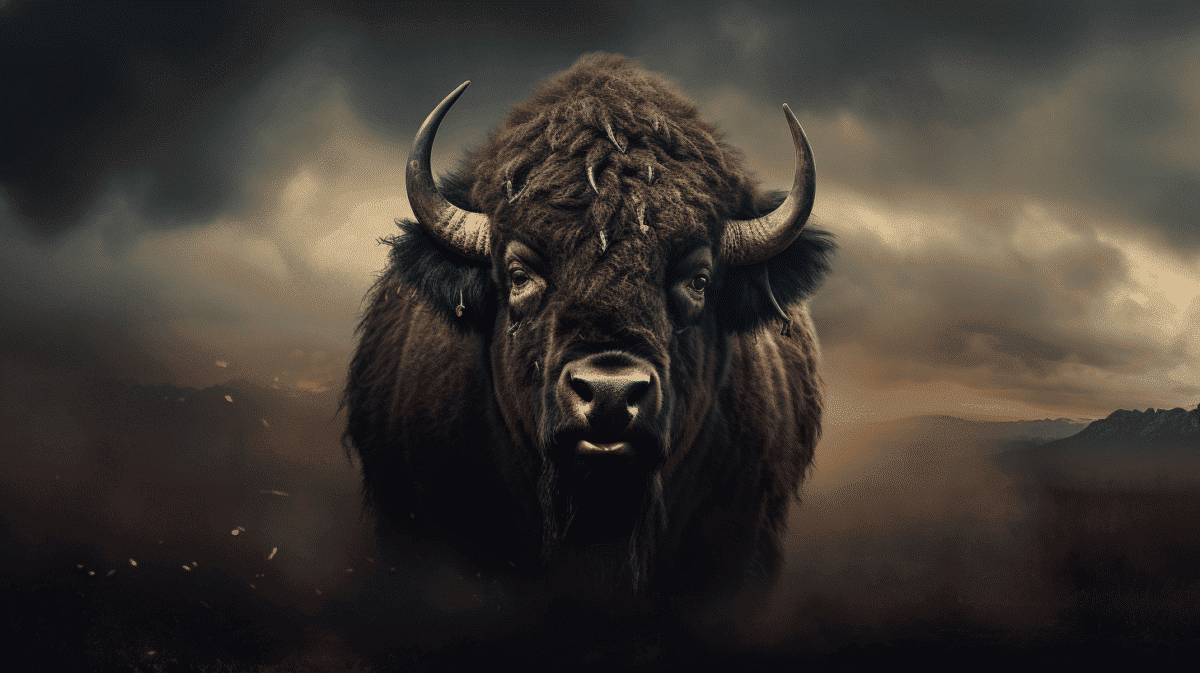
While not typically associated with Alaska, the American Bison has a presence in the state, particularly in the interior and parts of the Alaska Range.
Bison herds in Alaska, though smaller than their historical counterparts, remind us of the importance of conservation and the restoration of native species.
#19 Lynx
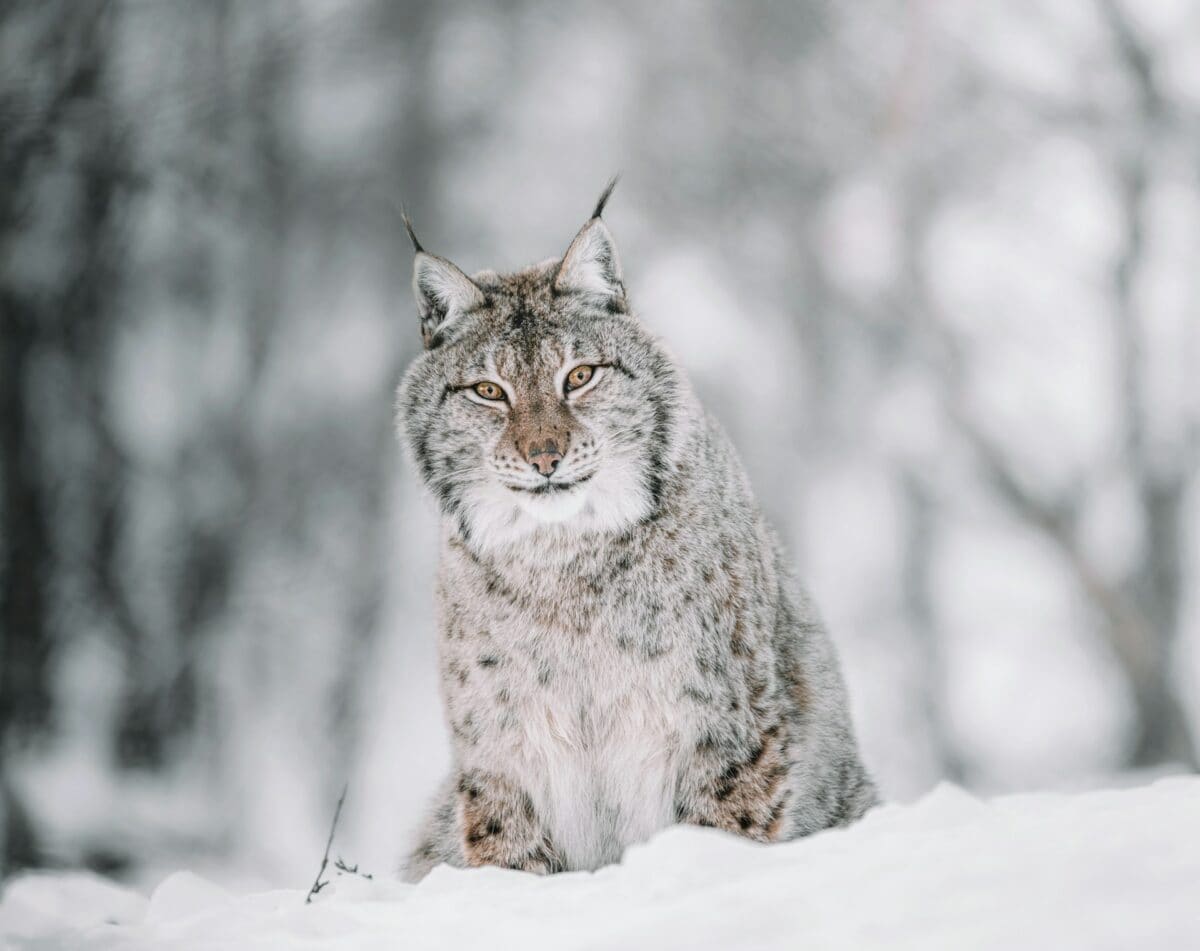
The Lynx is a medium-sized wild cat. Their iconic look consists of a short tail, distinctive ear tufts, and large, padded paws that act as snowshoes. These adaptations allow the lynx to excel in hunting rodents and rabbits, its primary prey.
#20 Beaver
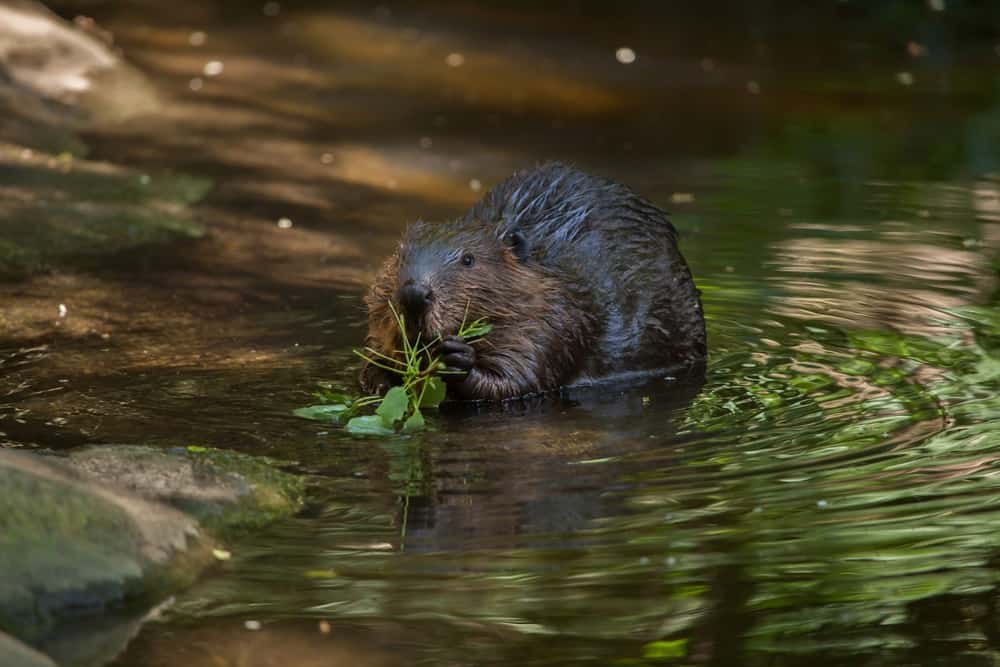
Beavers are nature’s engineers. With their dam-building activities, they have the ability to completely transform landscapes. These large rodents fell trees using their sharp teeth, creating ponds that provide habitat for a variety of other species.
#21 Muskox
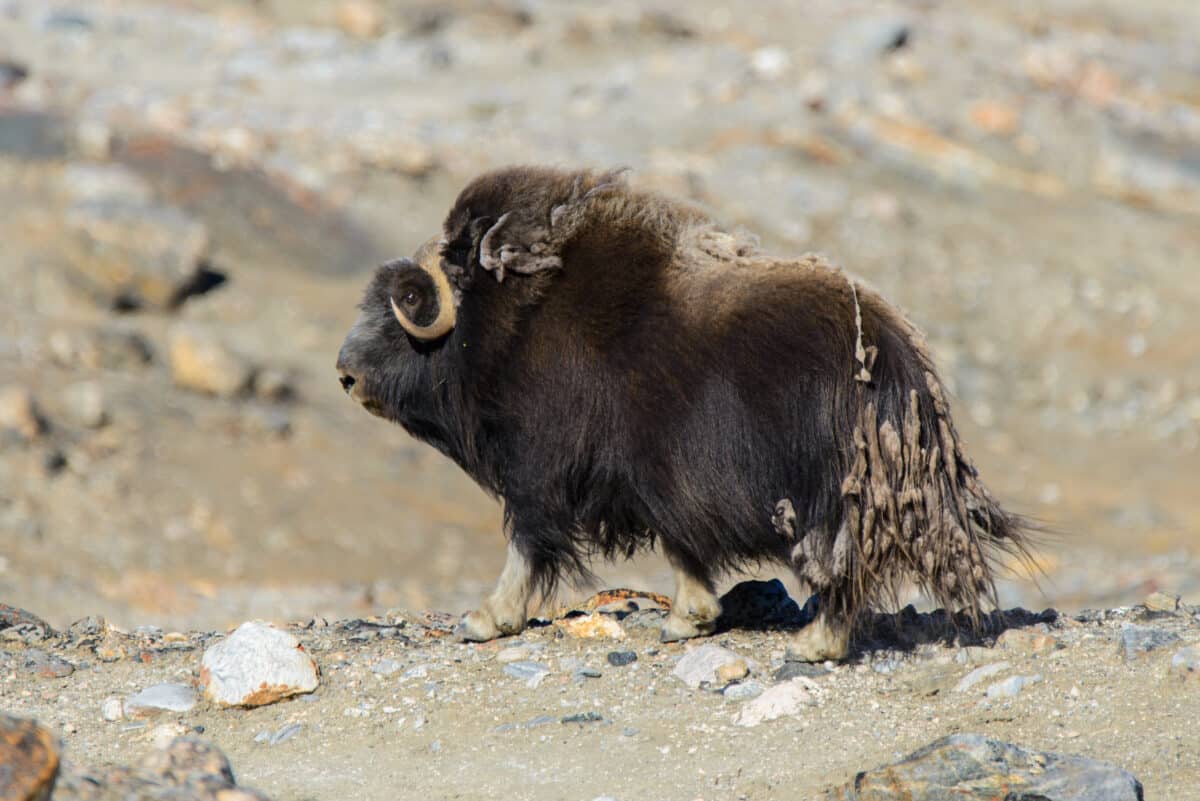
The Muskox, with its shaggy coat and curved horns, looks like it stepped out of the Ice Age. These hardy animals form tight-knit groups to fend off predators and survive the Arctic’s extreme cold. Their underwool, known as qiviut, is incredibly soft and warm, making it highly valued.
#22 Alaskan Malamute

The Alaskan Malamute, one of the oldest sled dog breeds, is a symbol of endurance and companionship in Alaska. Bred by the Inuit for hauling heavy loads over long distances, these dogs are powerful and resilient. But perhaps most importantly, they’re one of the most friendly dogs around.
#23 Northern Pike
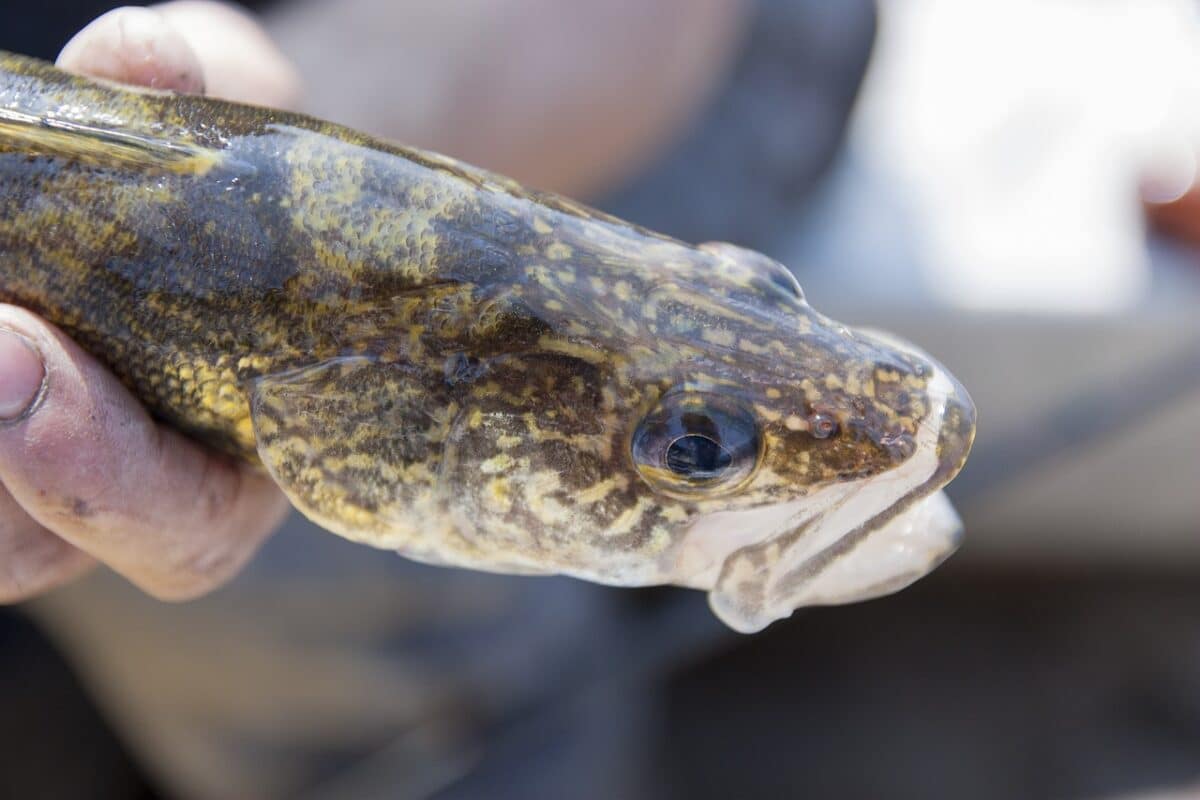
The Northern Pike is a fierce predator in Alaska’s freshwater lakes and rivers. Known for its sharp teeth and aggressive nature, the pike ambushes its prey, which includes fish, small mammals, and birds.
#24 Walrus
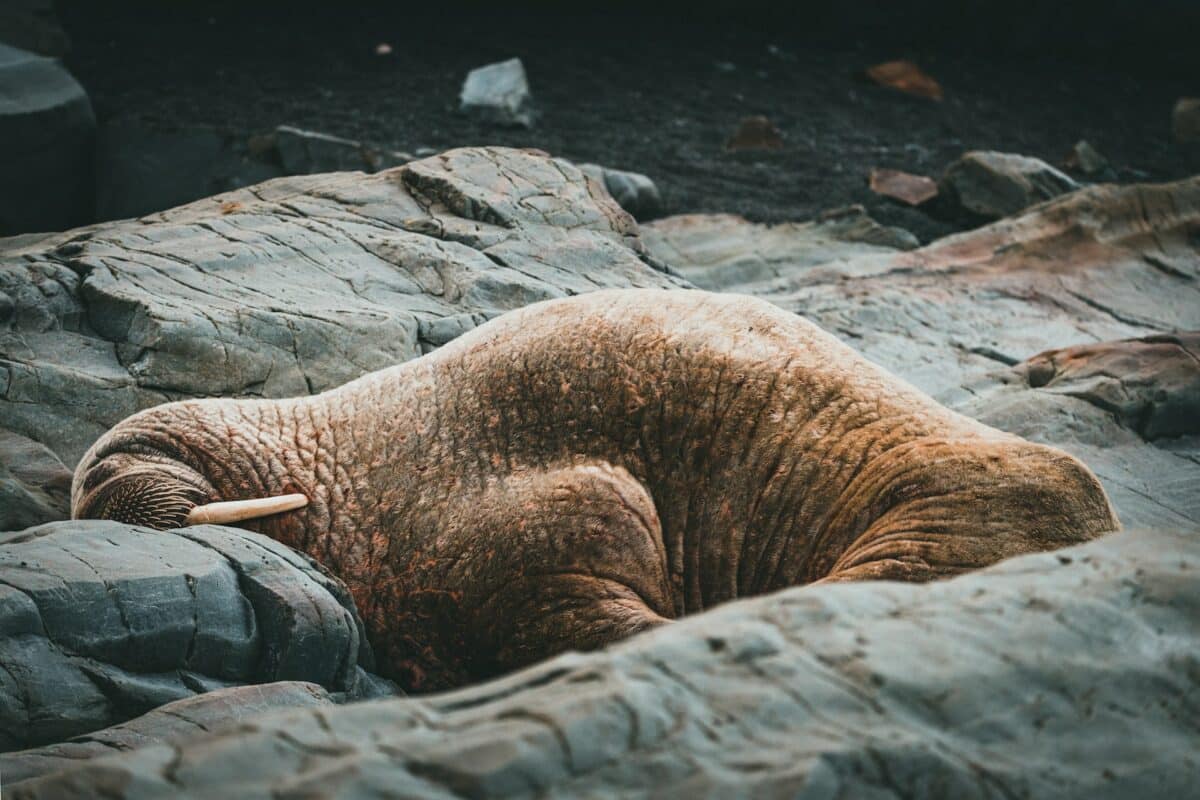
The Walrus is instantly recognizable by its long tusks, which can reach lengths of over 3 feet. These marine mammals use their tusks for defense, digging, and hauling themselves out of the water onto ice.
#25 Arctic Tern
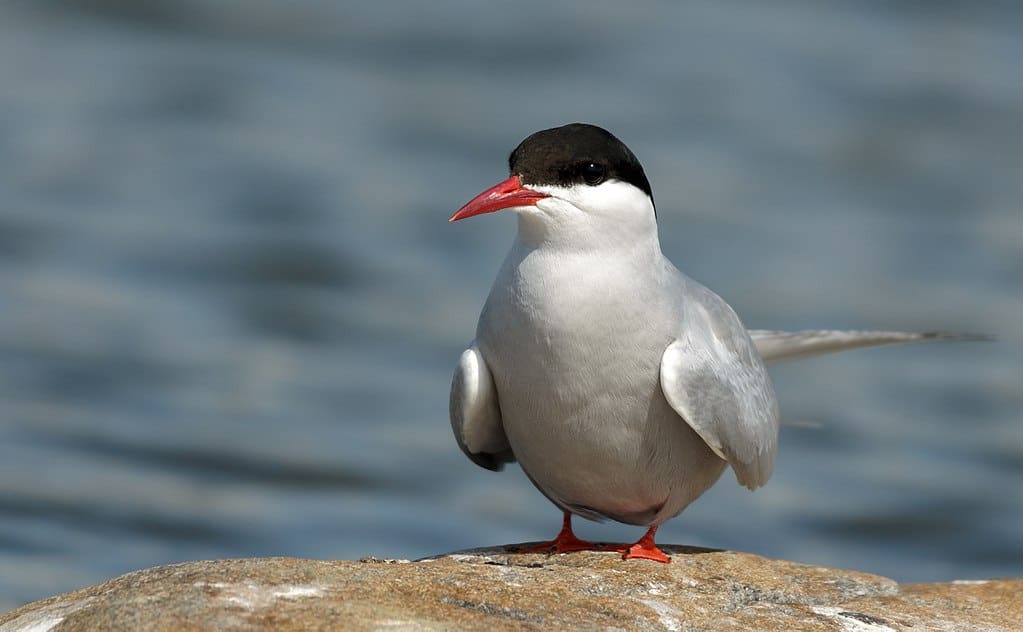
The Arctic Tern holds the record for the longest migration of any animal, traveling from its breeding grounds in Alaska to the Antarctic and back each year. This remarkable journey ensures that the tern sees two summers each year and more daylight than any other creature on Earth.
#26 Beluga Whale
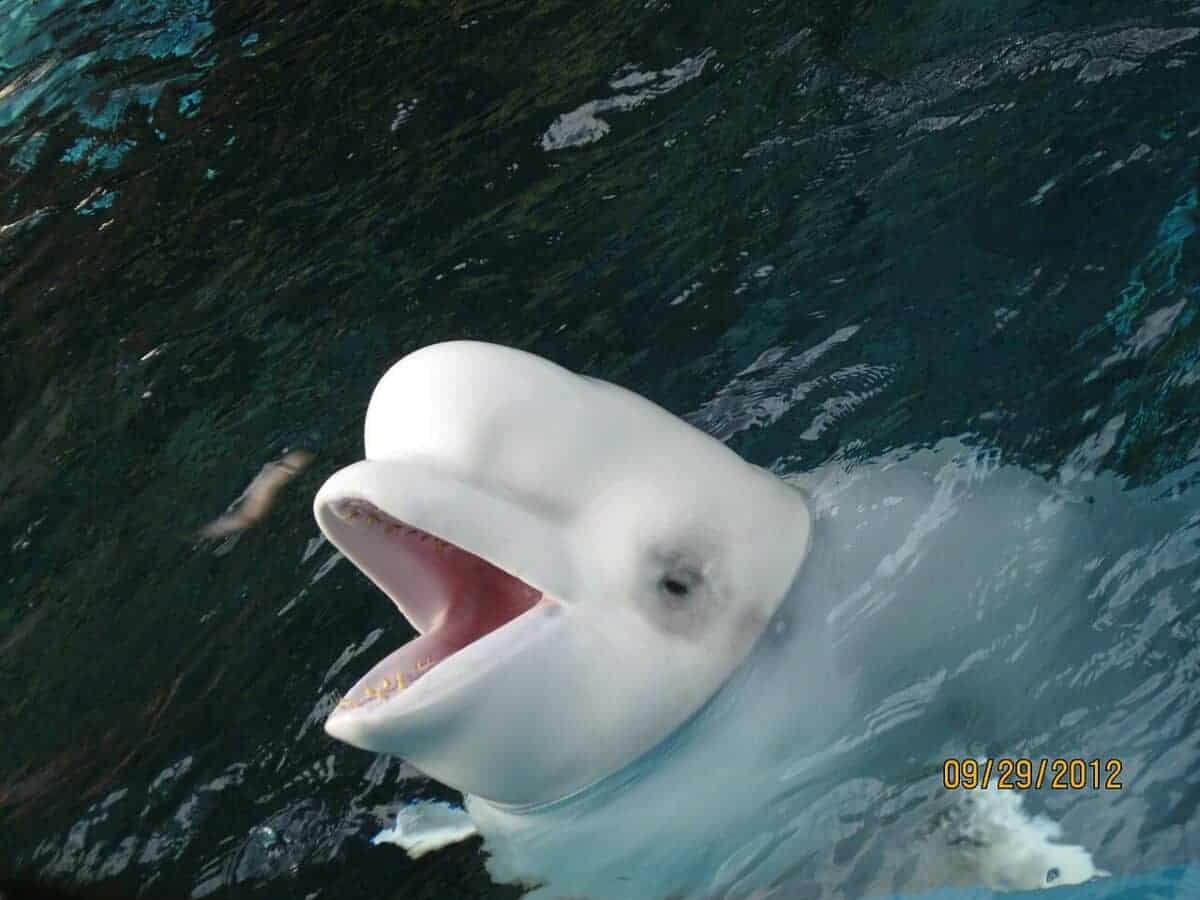
Beluga Whales, known for their distinctive white color and bulbous forehead, are a frequent sight in Alaska’s coastal waters.
These sociable whales live in pods and communicate through a complex array of clicks, whistles, and clangs, earning them the nickname “canaries of the sea.”
#27 Ptarmigan
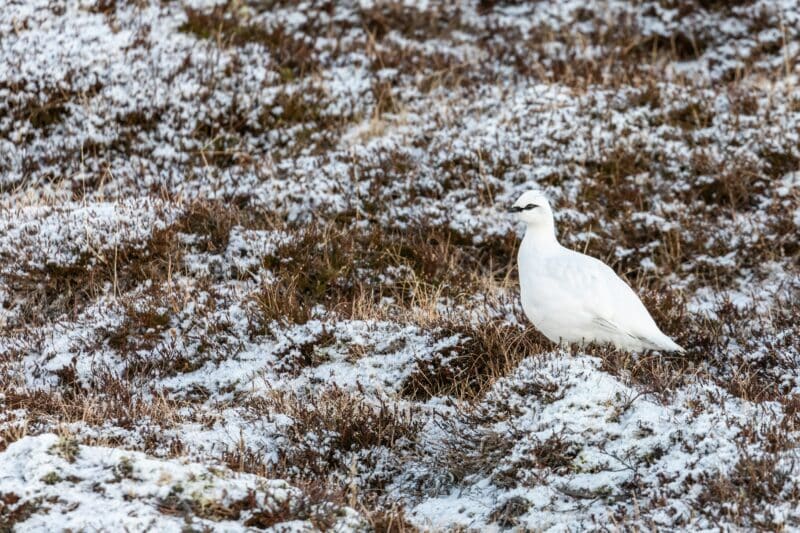
Like the Arctic Fox and Snowshoe Hare, its plumage changes with the seasons for camouflage. In winter, it’s white to blend in with the snow, while in summer, it turns brown to match the tundra.
This beautiful bird is also the state bird of the state of Alaska.
#28 Mountain Goat
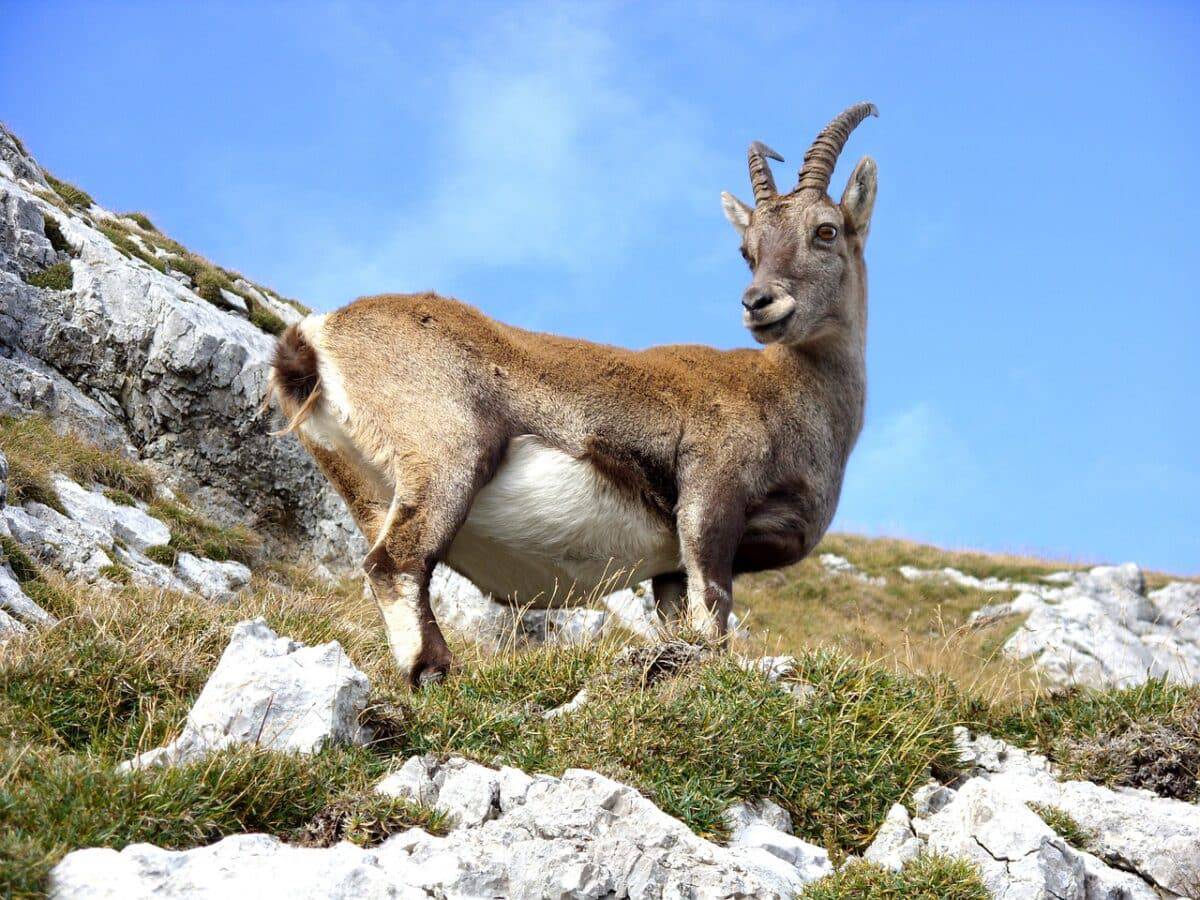
Mountain Goats are masters of the alpine environment, navigating steep, rocky terrain with ease. Their thick, white coats and powerful limbs allow them to access the high-altitude areas where they graze on grasses and herbs. These solitary animals are a symbol of the wild, untamed nature of Alaska’s mountains.
#29 Red Fox
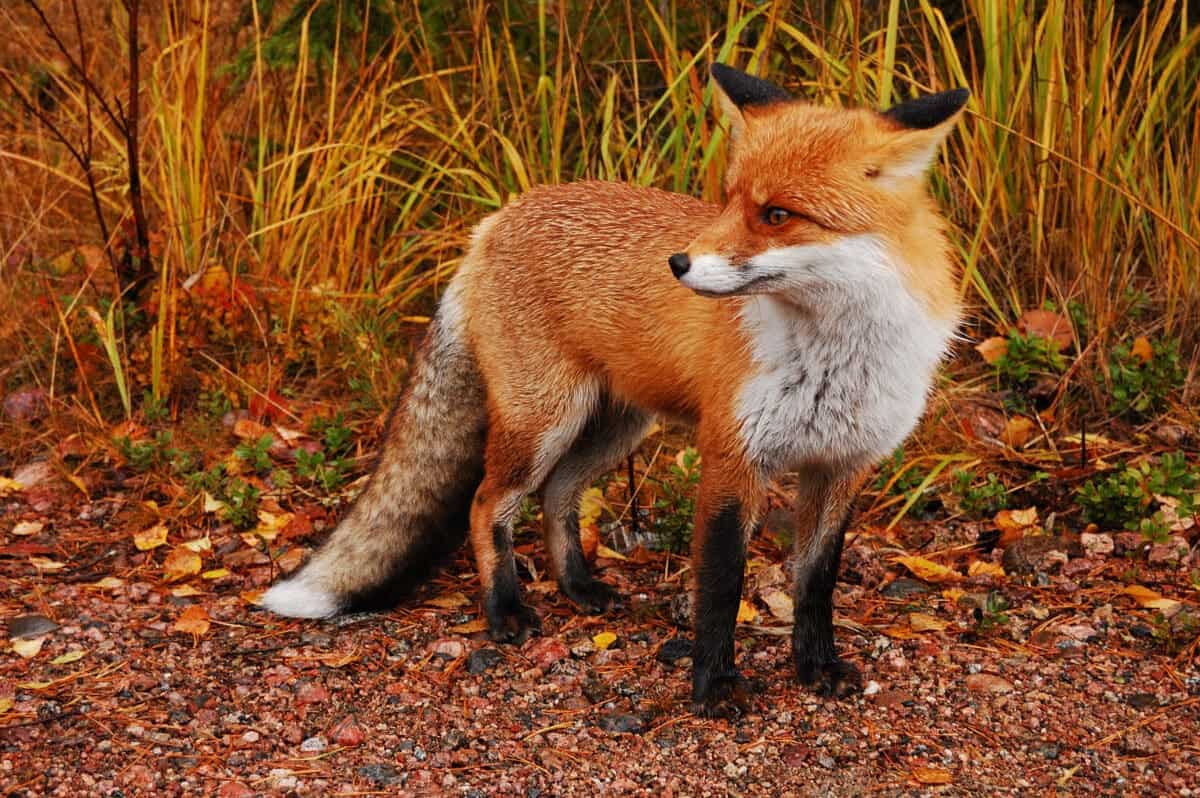
The Red Fox, with its striking orange-red fur, is one of the most adaptable and widespread mammals in Alaska. These cunning predators have a varied diet that includes rodents, birds, and even berries.
Beyond this, Red foxes are also known for their intelligence and resourcefulness.
#30 Harbor Seal
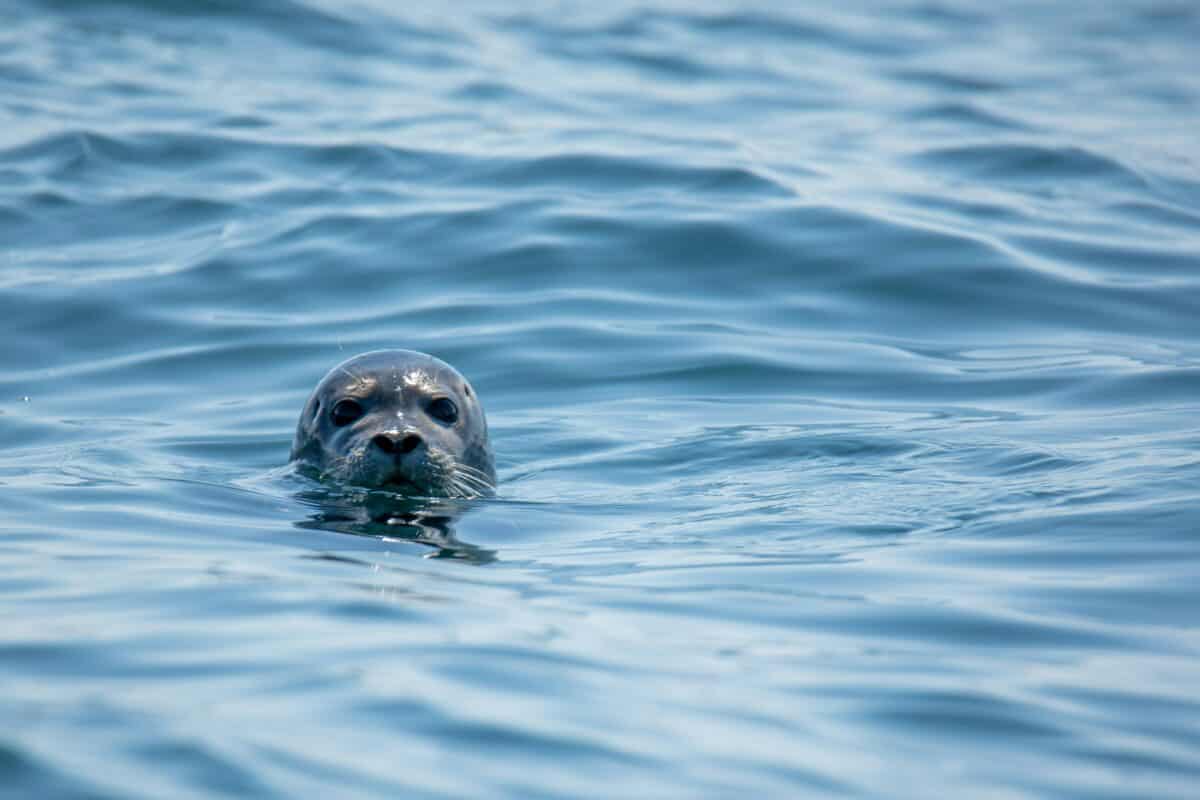
Harbor Seals are a common sight along Alaska’s coastlines, where they haul out on ice floes and beaches to rest and give birth. These seals are agile swimmers, diving to depths of up to 1,500 feet in search of fish and squid. Their presence is a key indicator of healthy marine ecosystems.
#31 Aleutian Canada Goose
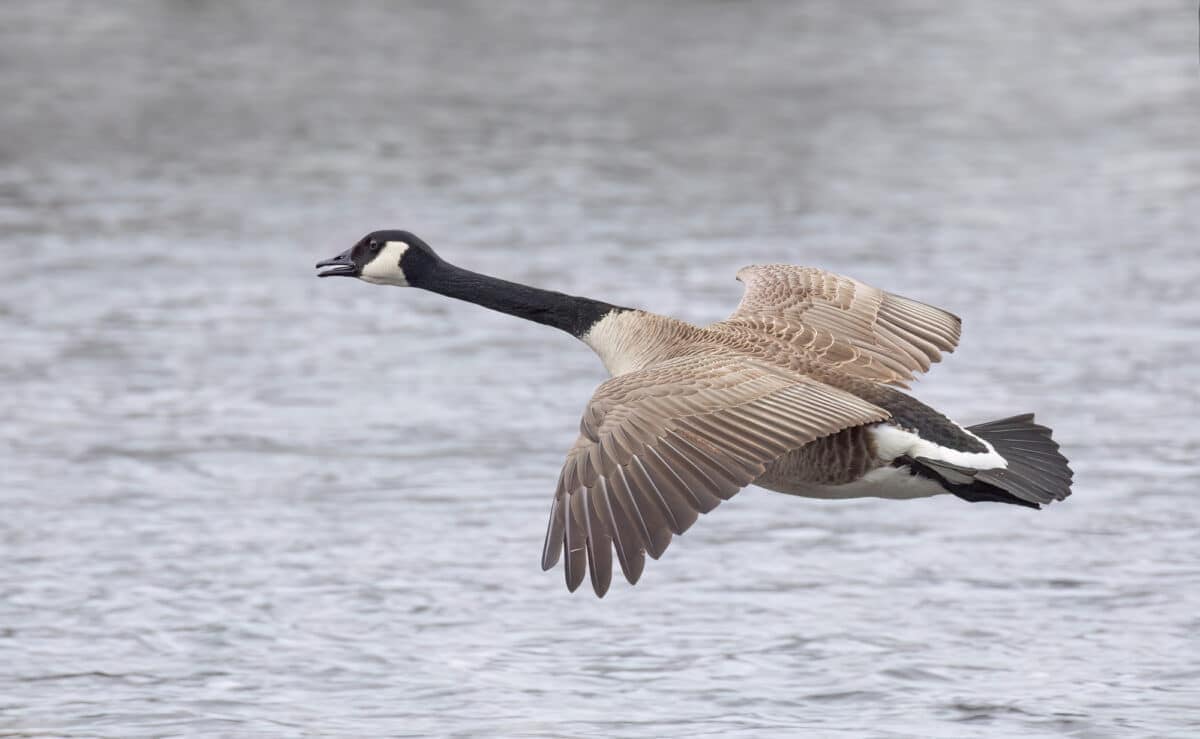
The Aleutian Canada Goose is a conservation success story, having rebounded from near-extinction due to habitat restoration and protection efforts.
These geese breed on the remote Aleutian Islands and winter in California, navigating vast distances during their seasonal migrations.
#32 Great Horned Owl
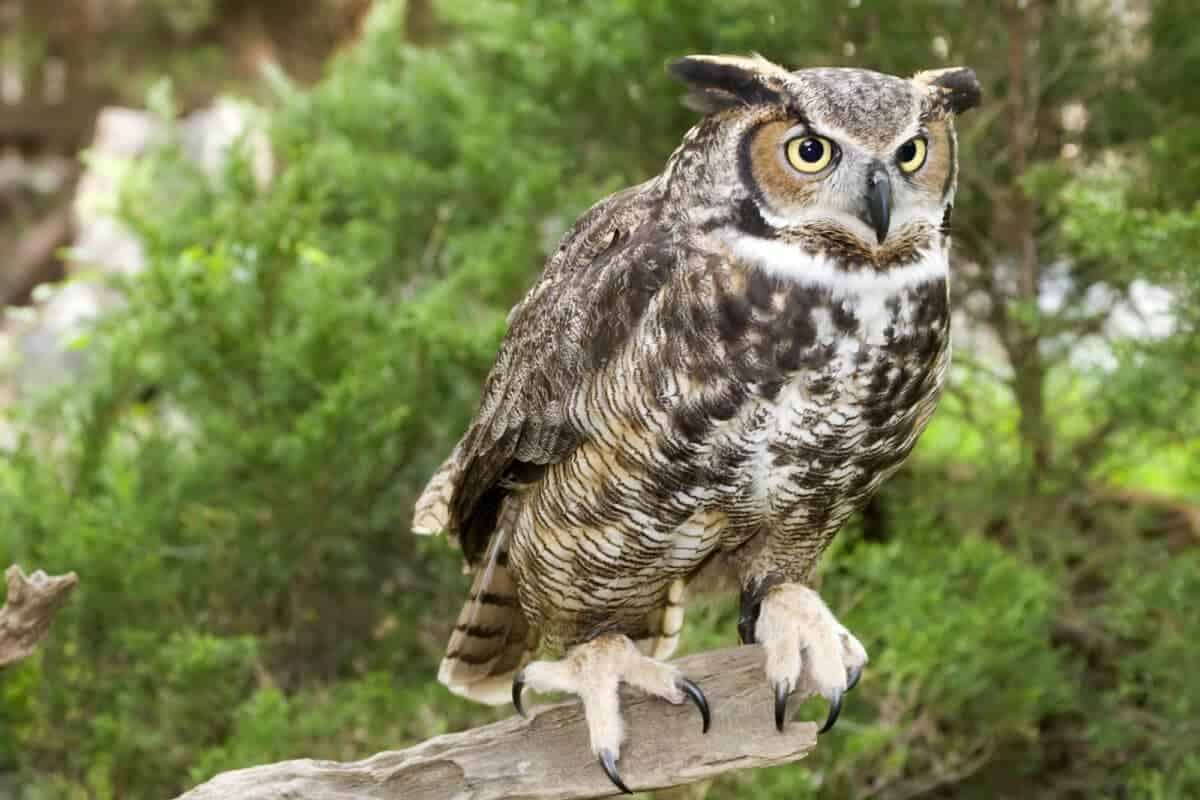
The Great Horned Owl, with its distinctive tufted ears and deep hooting call, is one of the most powerful birds of prey in Alaska. These nocturnal hunters are equipped with sharp talons and beaks, enabling them to take down prey ranging from rodents to other birds.
#33 Snowy Owl
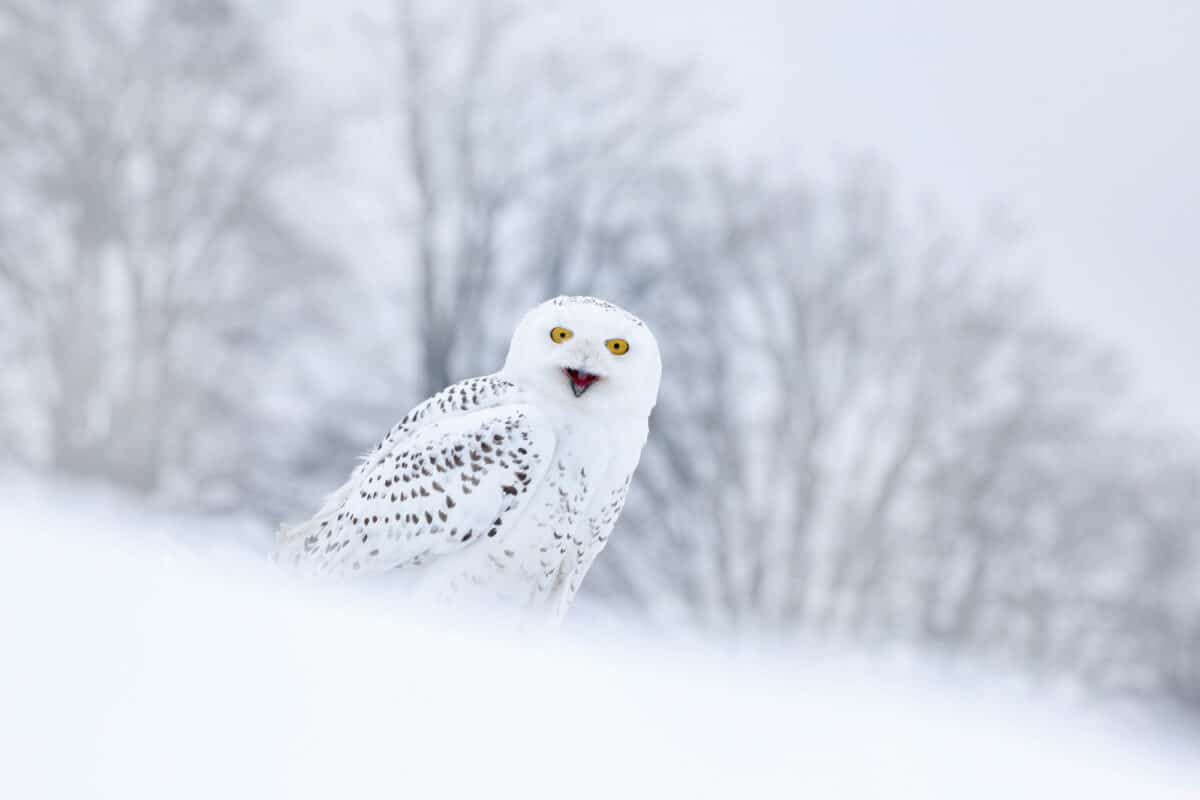
The Snowy Owl, a symbol of the Arctic’s stark beauty, is known for its stunning white plumage, which provides camouflage against the snow. These owls are exceptional hunters, preying on lemmings and other small mammals.
#34 Ringed Seal
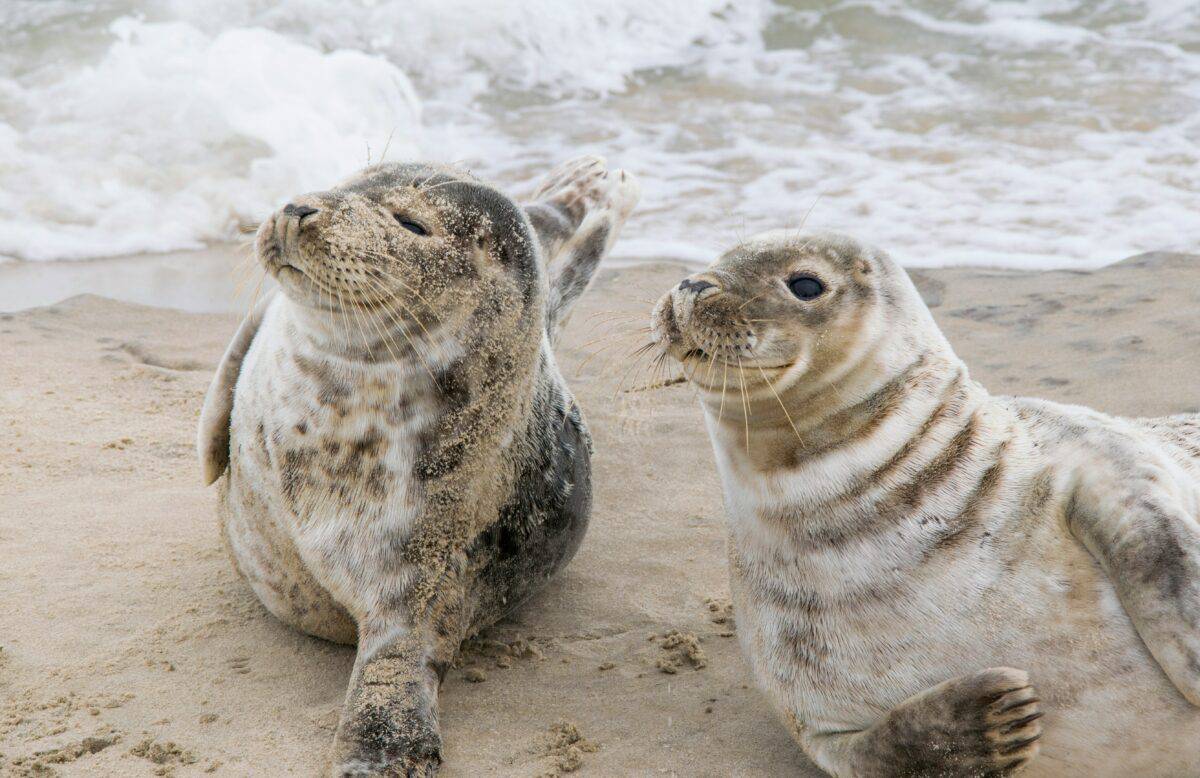
The Ringed Seal is the most common seal in the Arctic, serving as a vital link in the polar food web.
These seals carve out breathing holes in the ice, where they can be vulnerable to predators like polar bears. Their ability to survive in one of the world’s most extreme environments makes it an incredibly resilient animal.
#35 Gyrfalcon
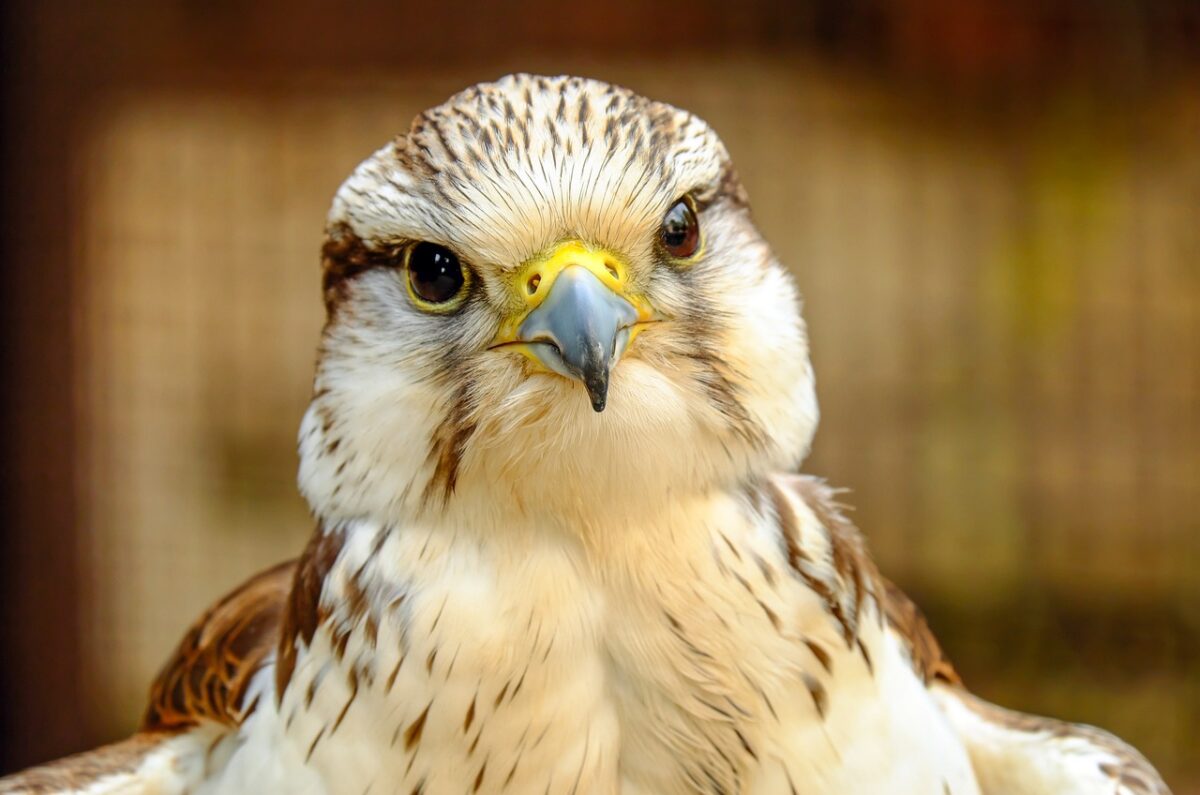
The Gyrfalcon, the largest falcon species, is a formidable hunter in Alaska’s skies.
Gyrfalcons, the largest of the falcon species, are impressive birds of prey with a notable size. They have a body length ranging from about 20 to 25.5 inches and a wingspan that can extend from 47 to 63 inches.
#36 Porcupine
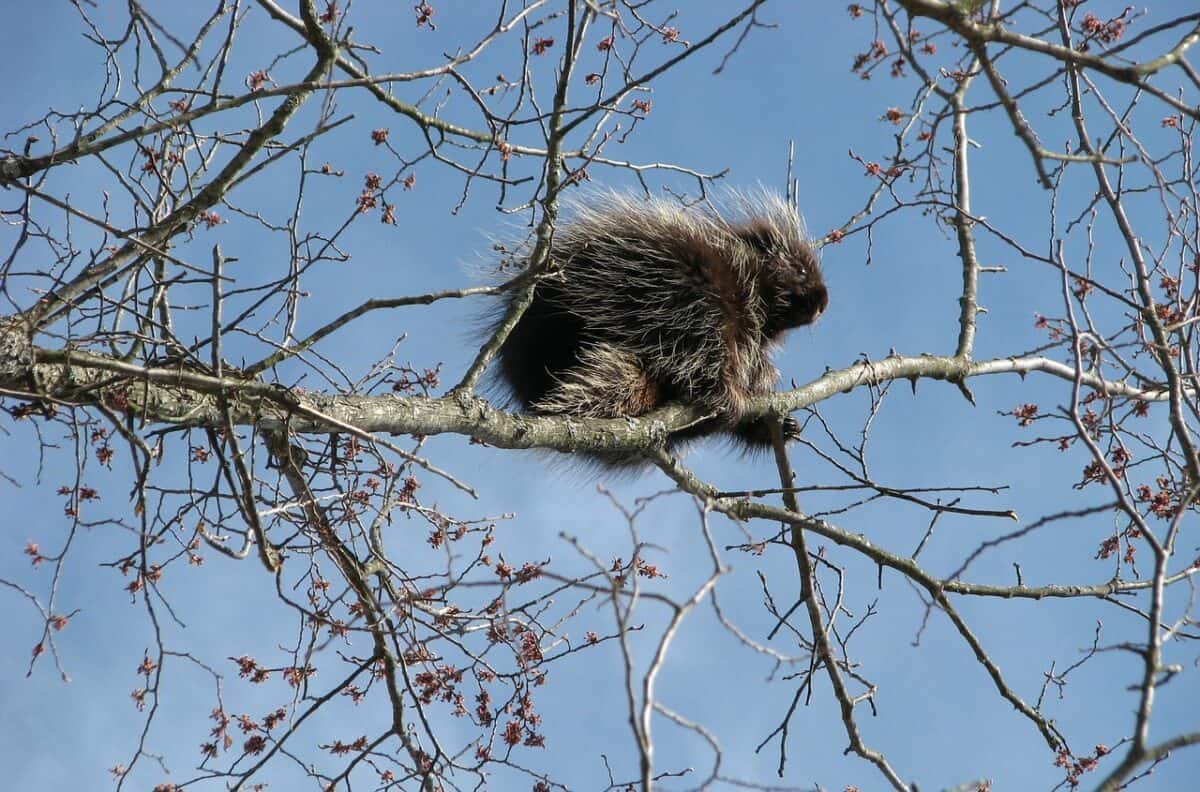
The Porcupine, North America’s second-largest rodent, is equipped with a unique defense mechanism: sharp quills that can deter predators.
These slow-moving herbivores feed on leaves, bark, and stems, playing a role in shaping the vegetation of Alaska’s forests.
The Most Incredible Animals From Alaska: Wrapping Up
Although this list of incredible animals from Alaska is incredibly diverse, it seems like there’s one running theme – they’re all adapted in one way or another to survive the state’s harsh weather conditions.
To many other creatures, and humans, the icy climate of Alaska is extremely discouraging. But these incredible animals have embraced it and made Alaska their home.
Thank you for reading this article about the incredible animals of Alaska! For similar reading, have a look at these intriguing posts:
- 21 Animals That Are Smarter Than a 5-Year-Old
- Animals and Wildlife in Maine
- Meet The 10 Most Popular Animals Of Texas
- 30 Fashionable Animals in the US
- Man Saves Pelican Choking on Fish at the Last Second - April 26, 2024
- Brave Monkey Saves Kitten Abandoned in a Well - April 25, 2024
- Octopus Stuck to Diver’s Back and Won’t Come Off - April 25, 2024

